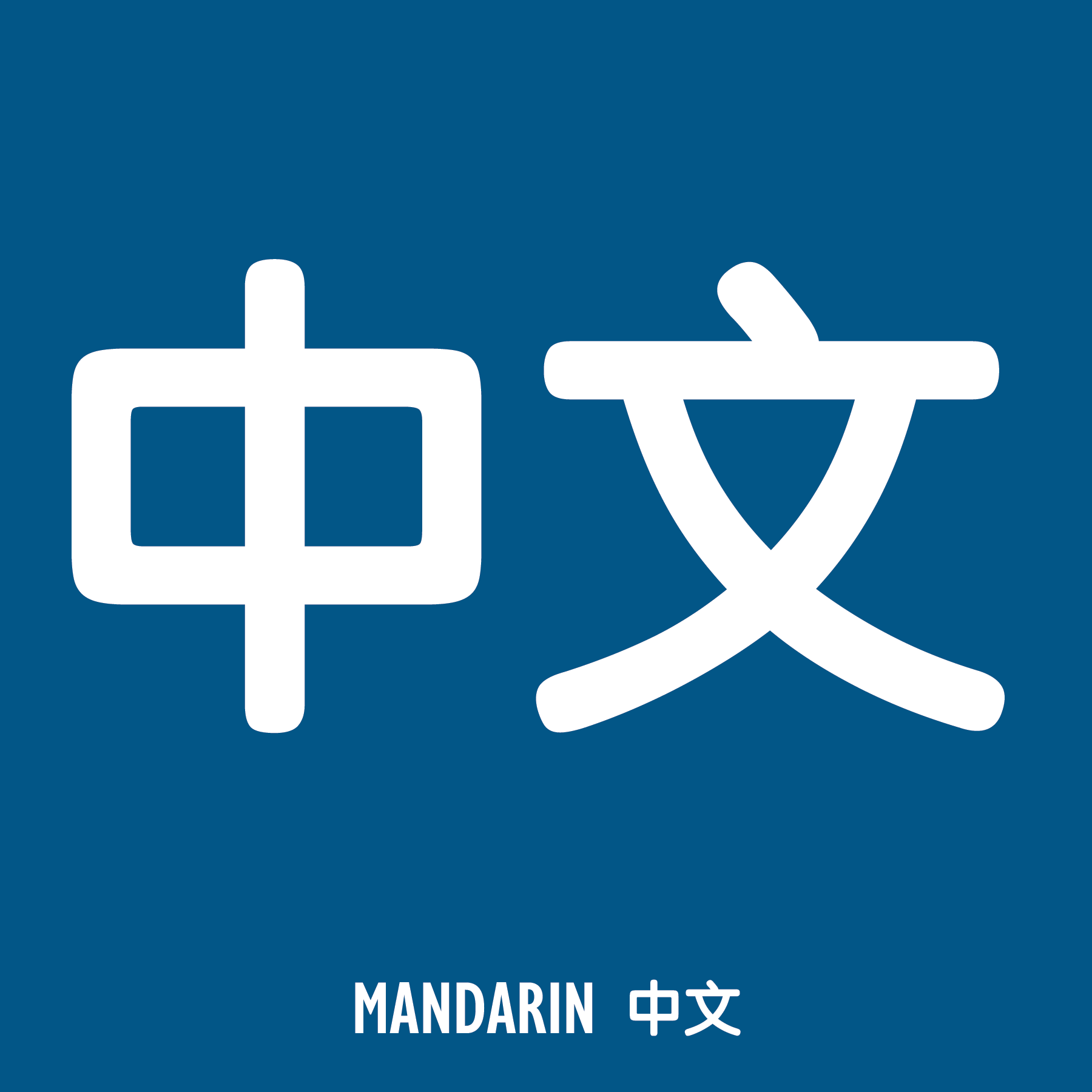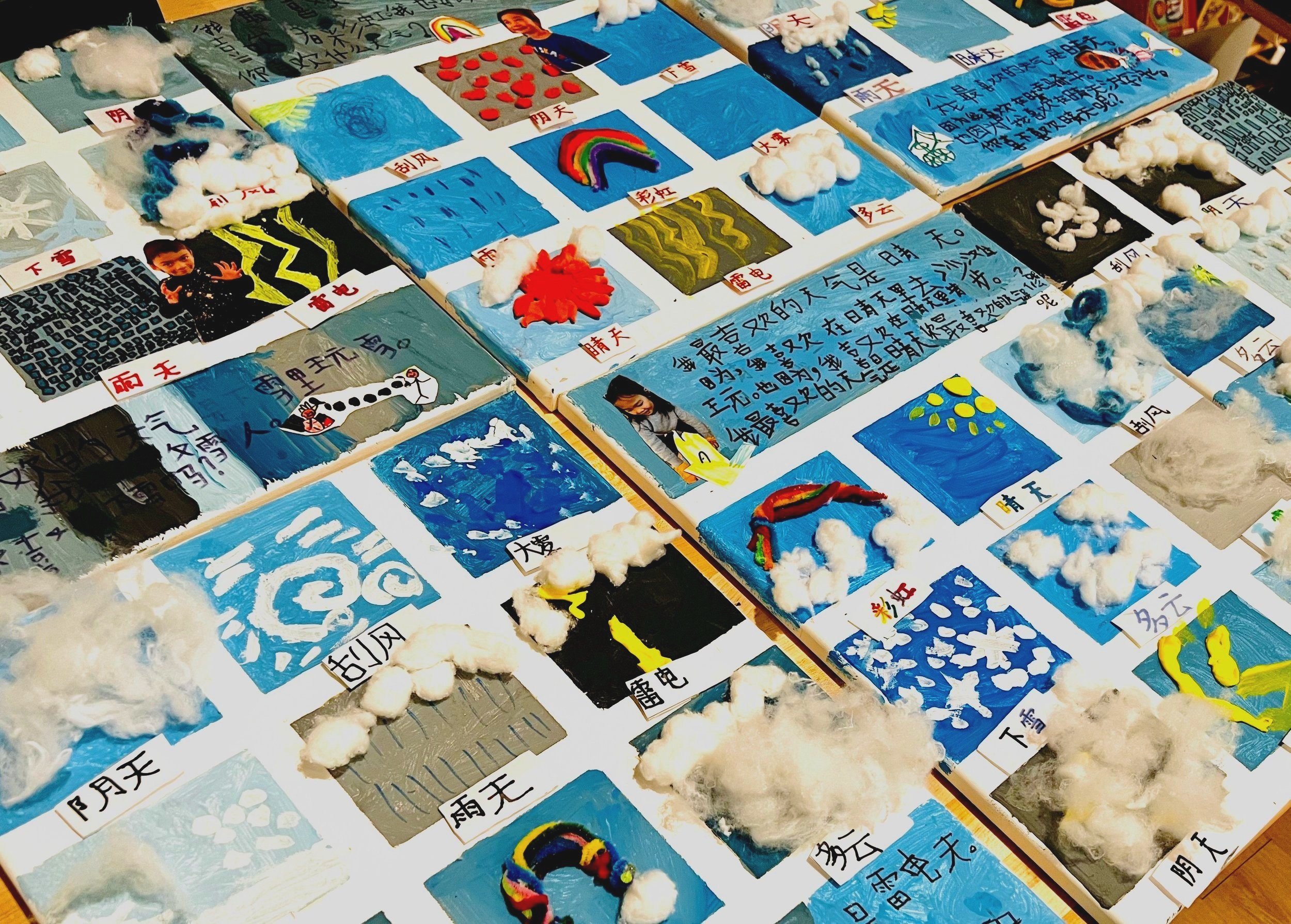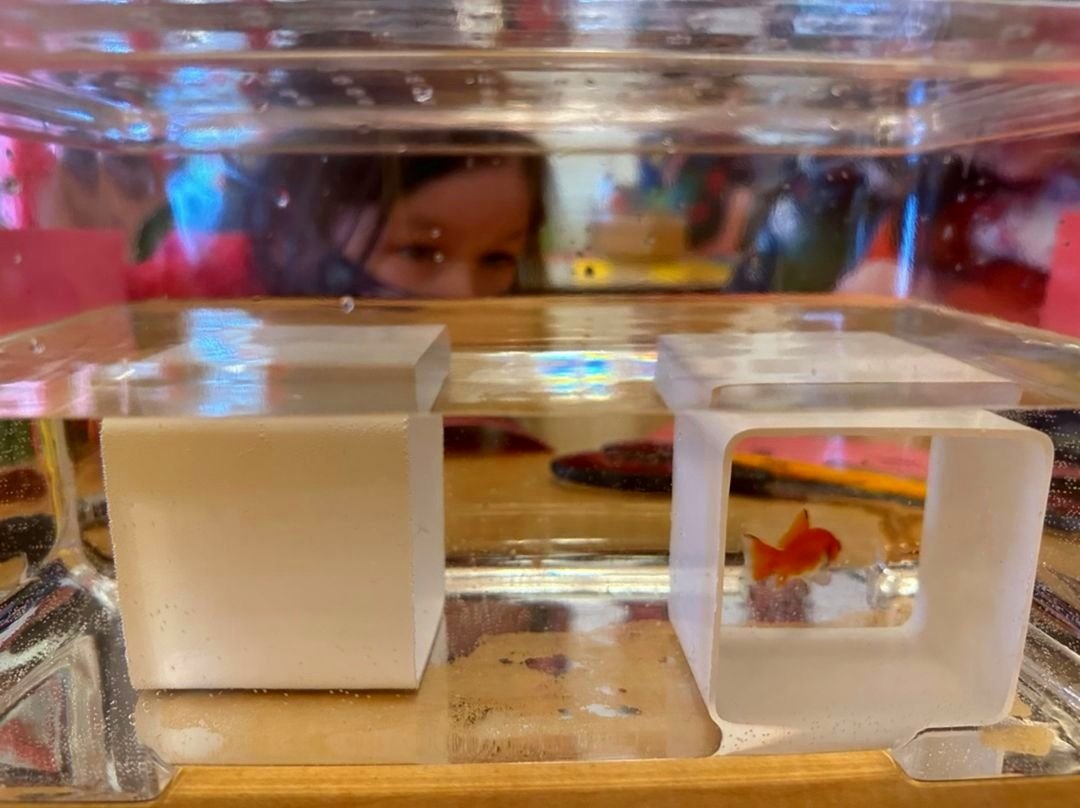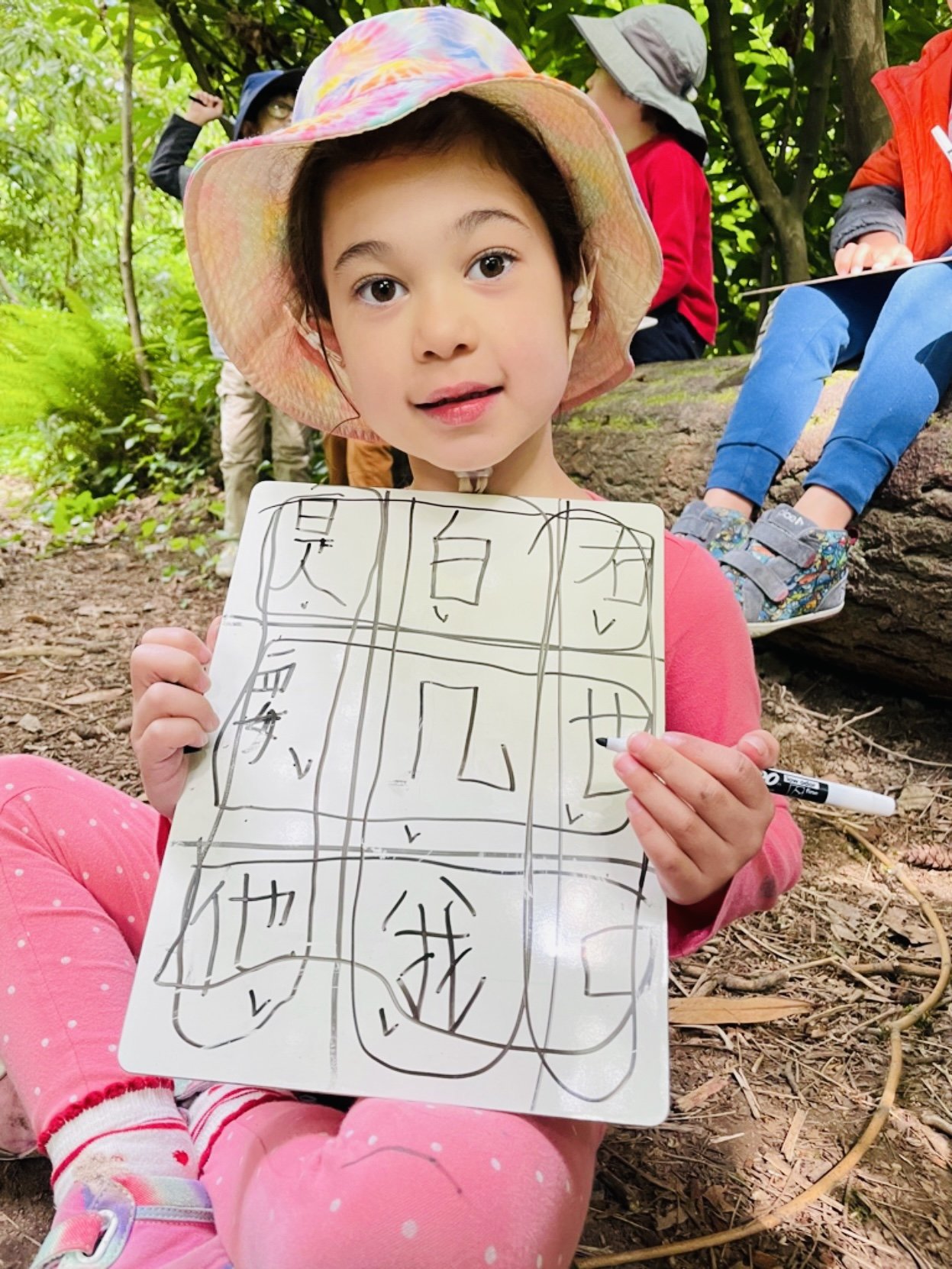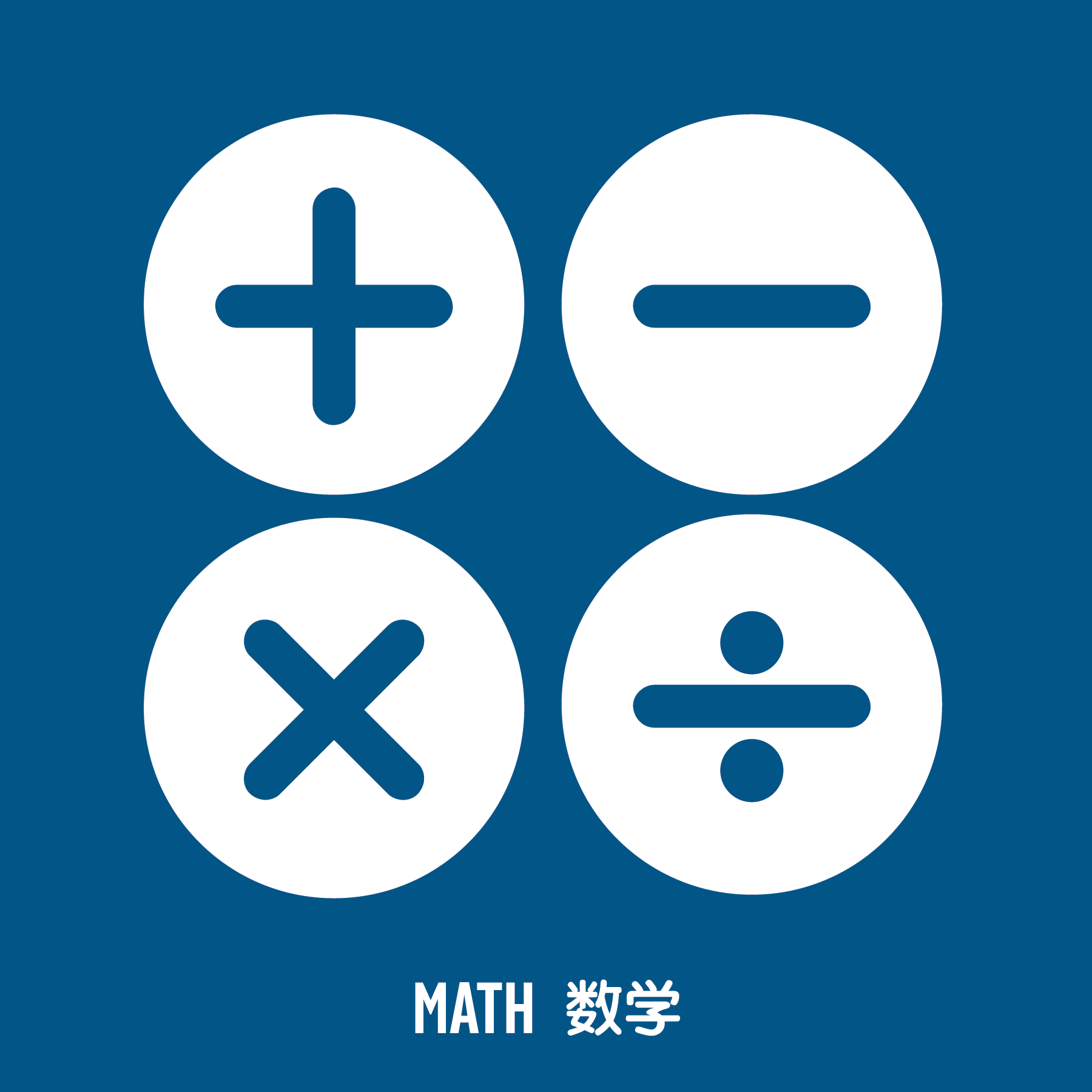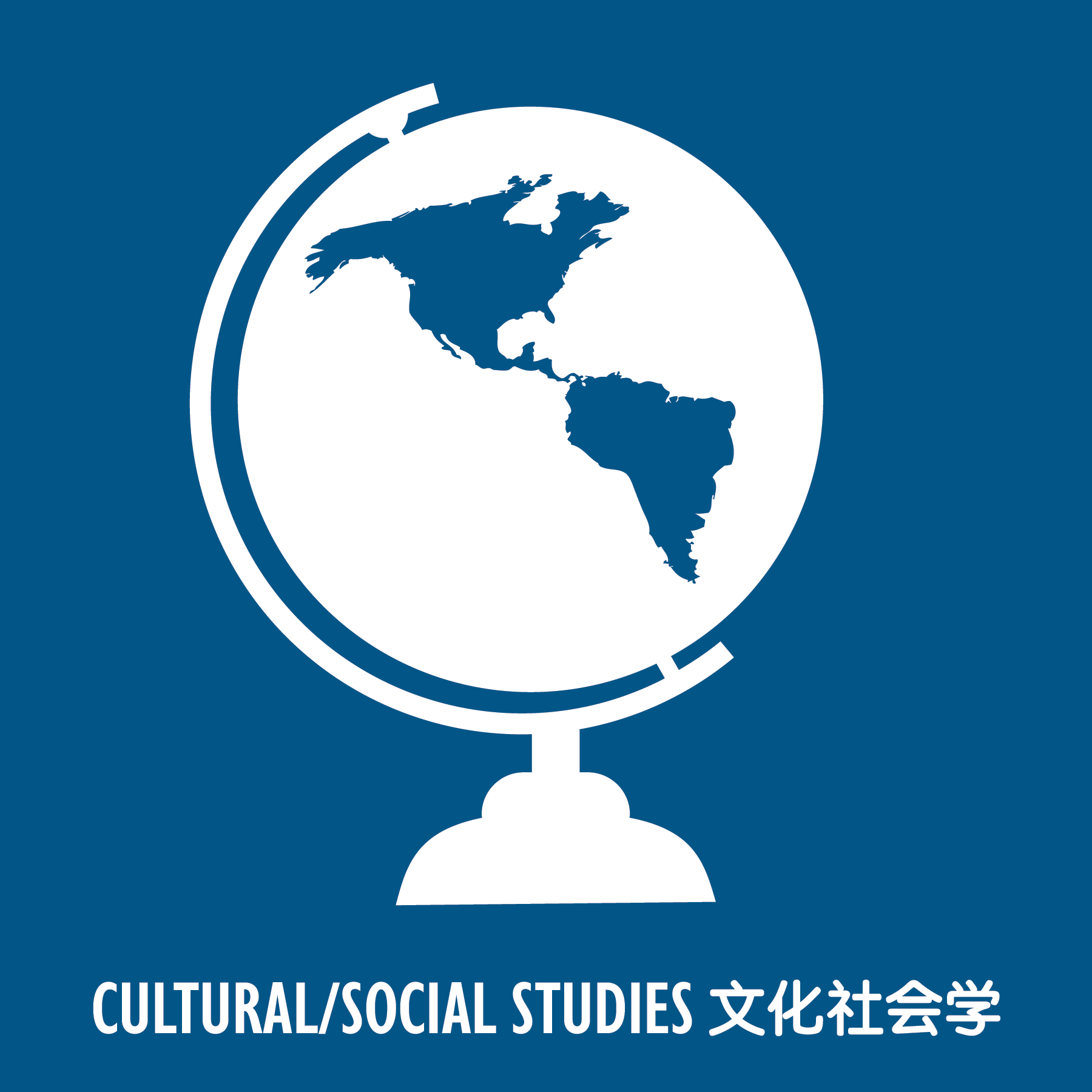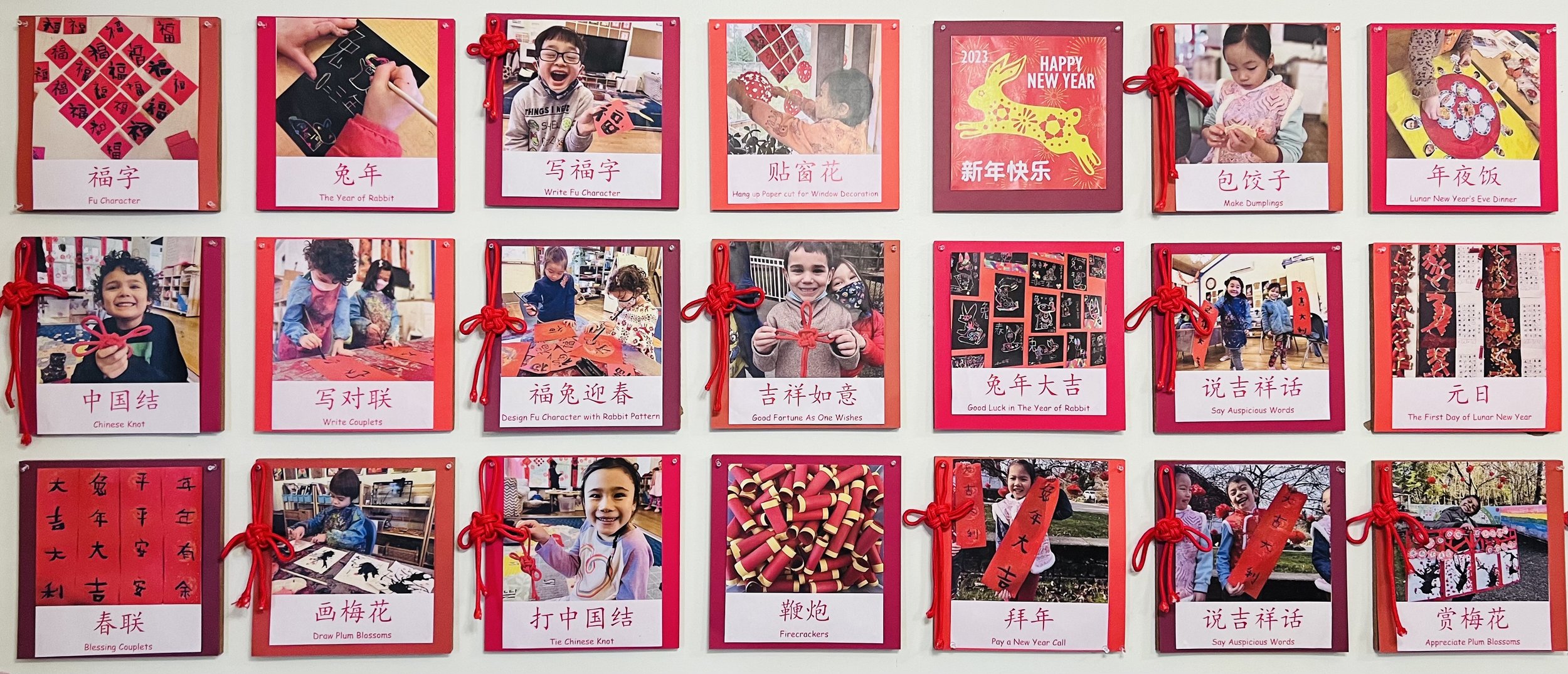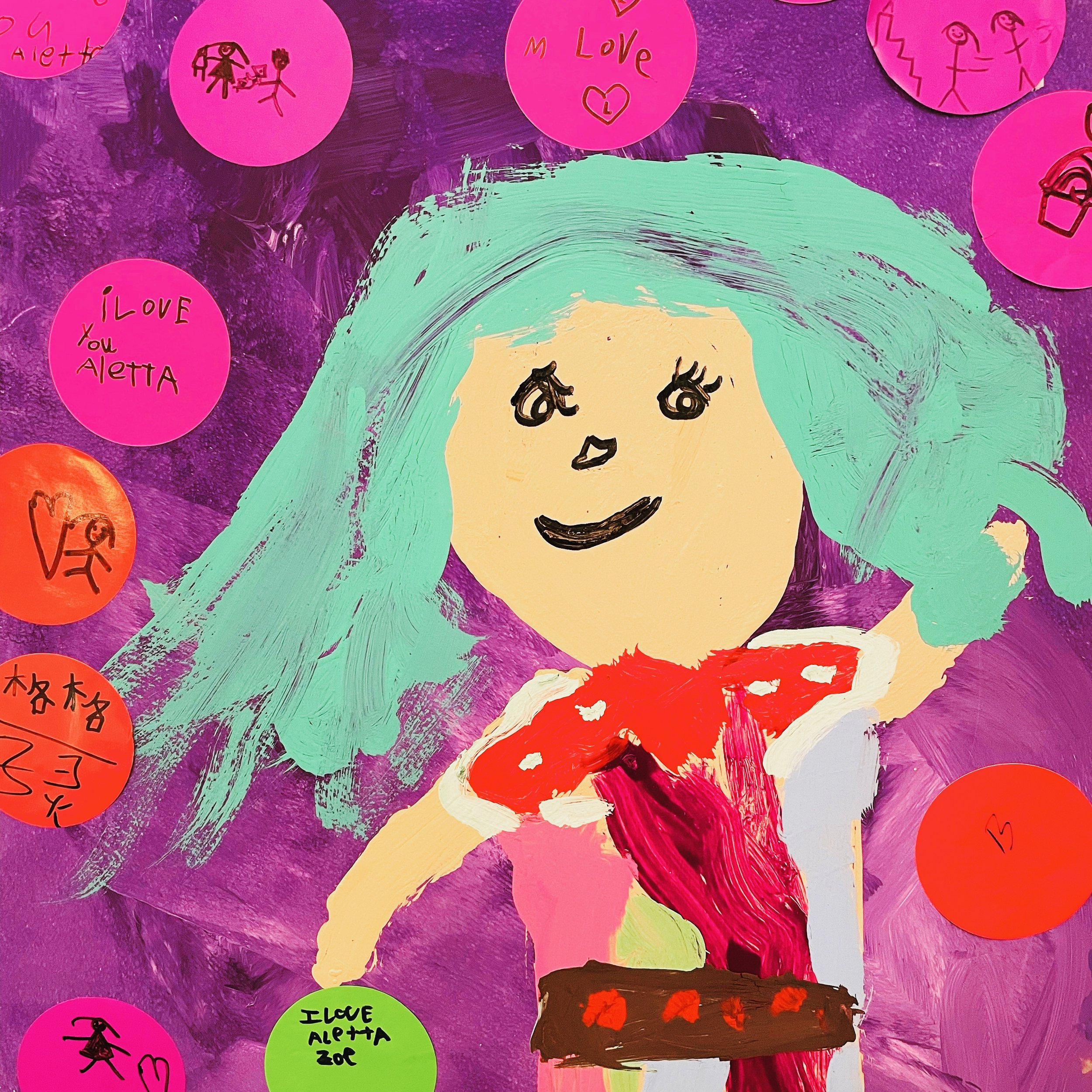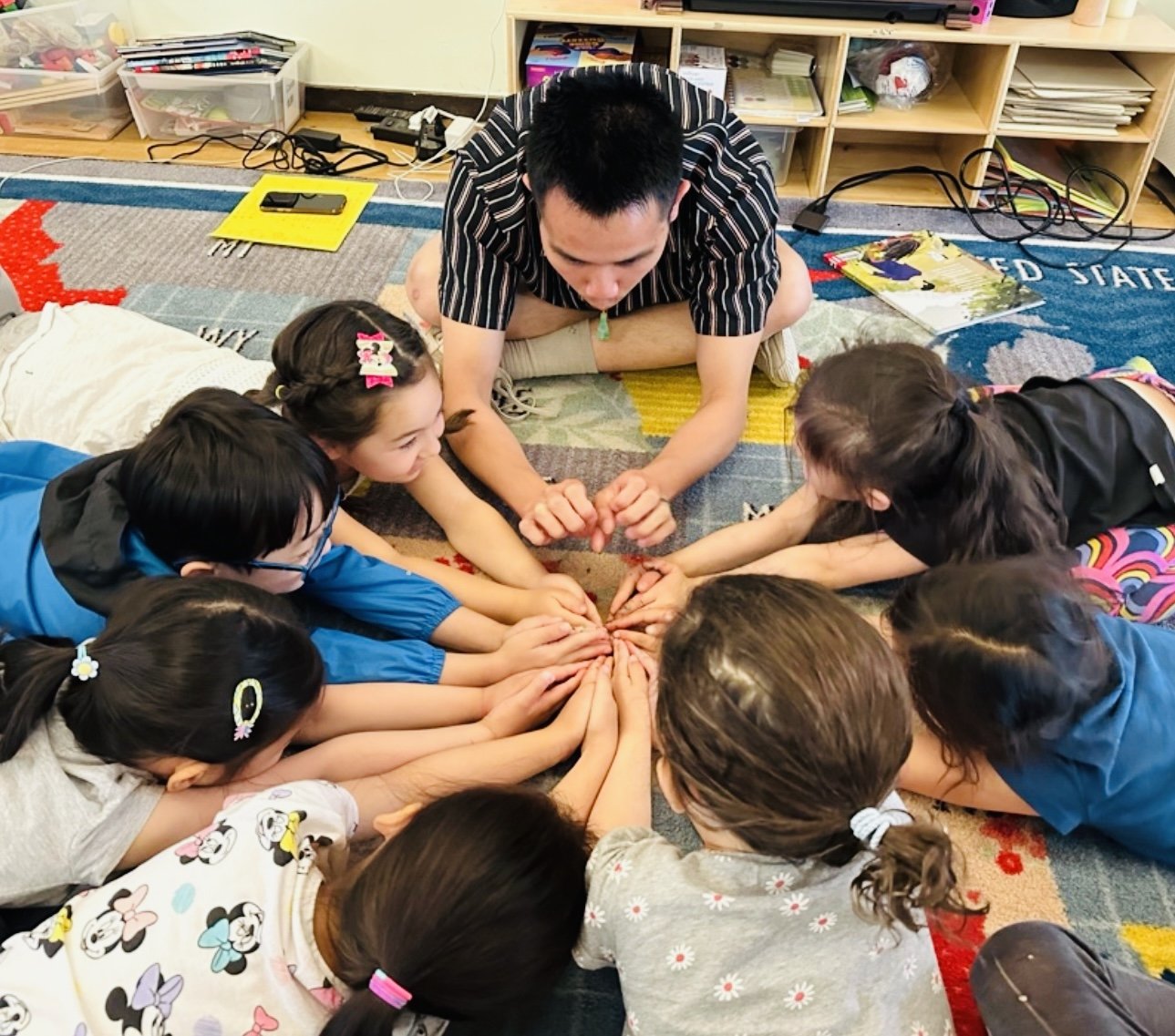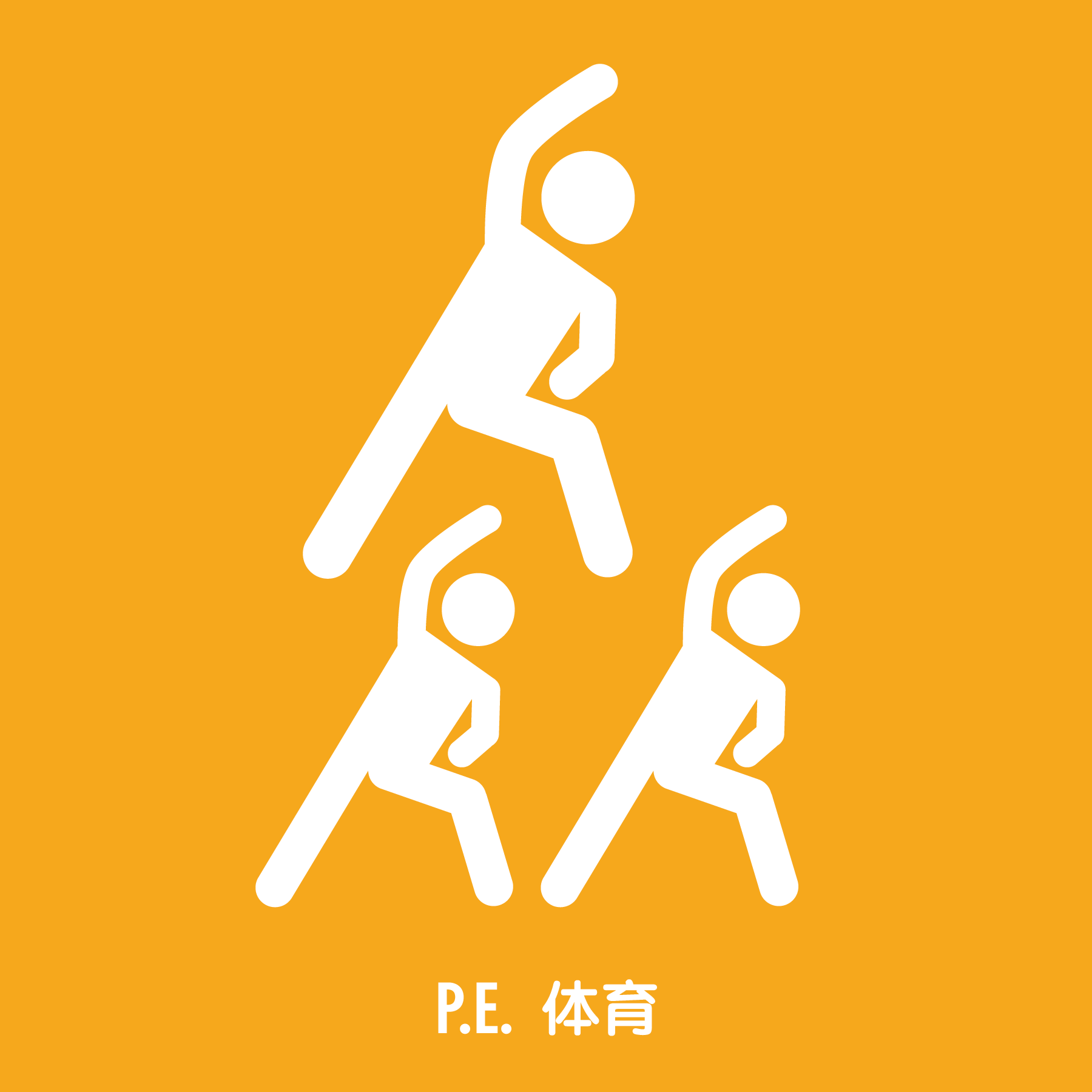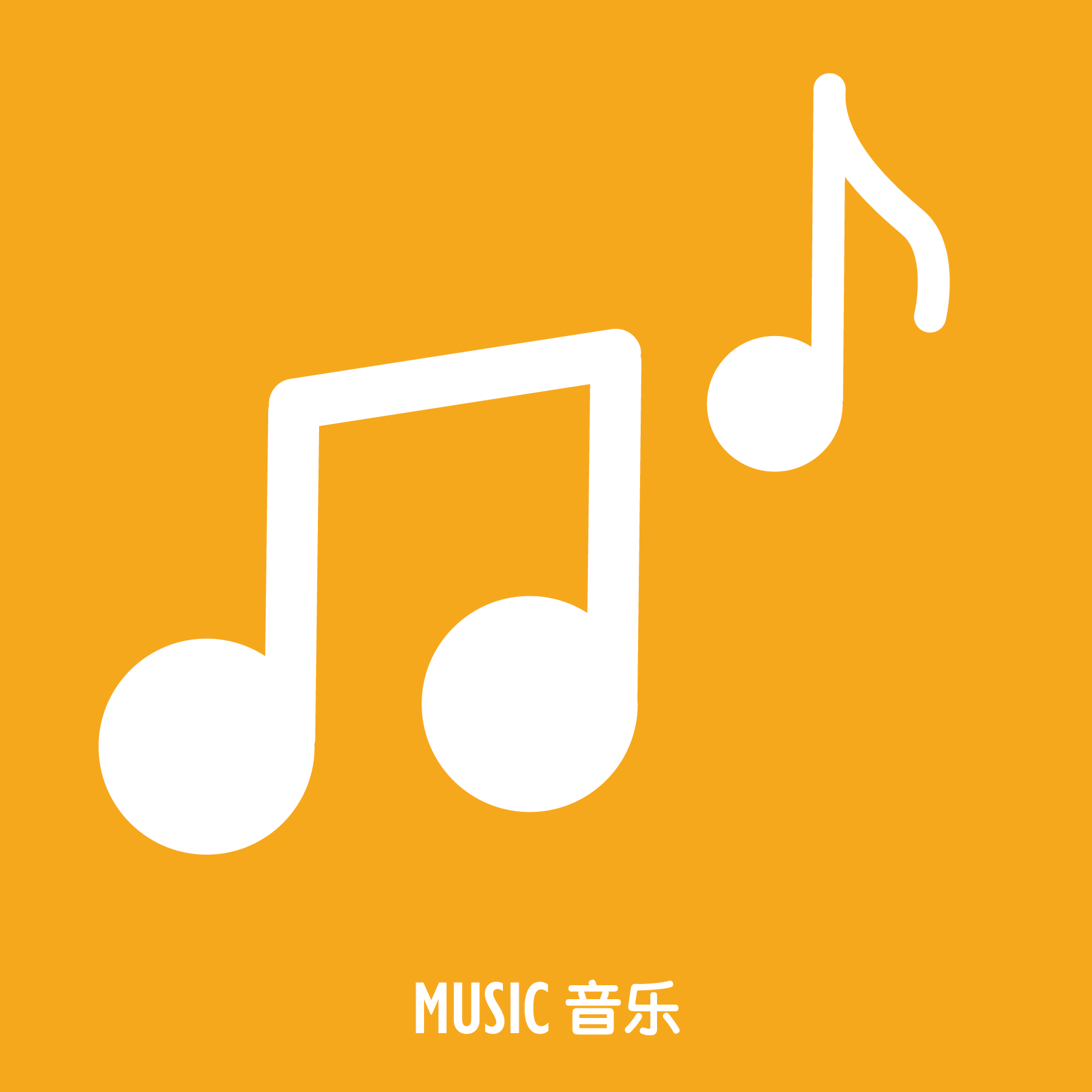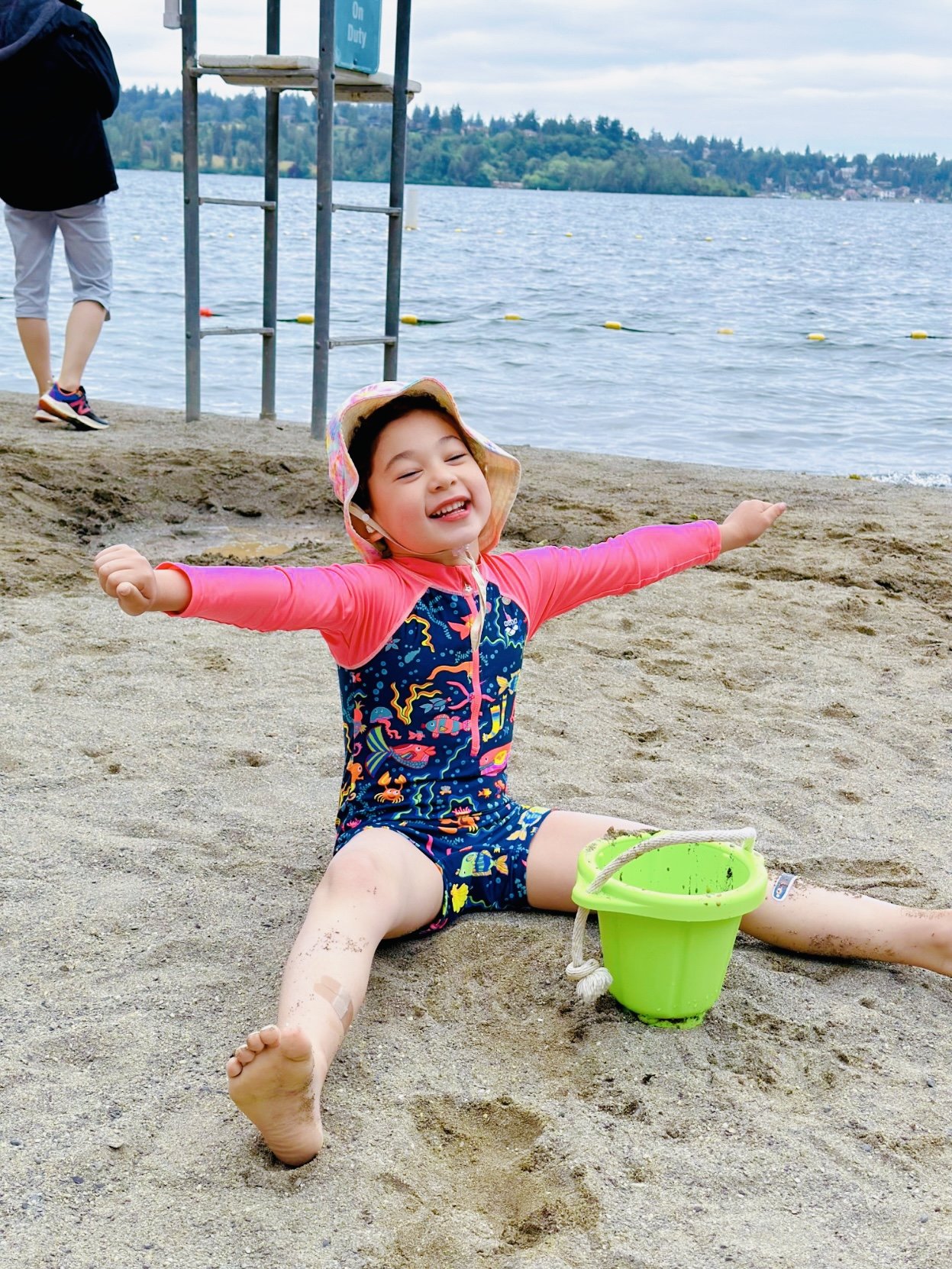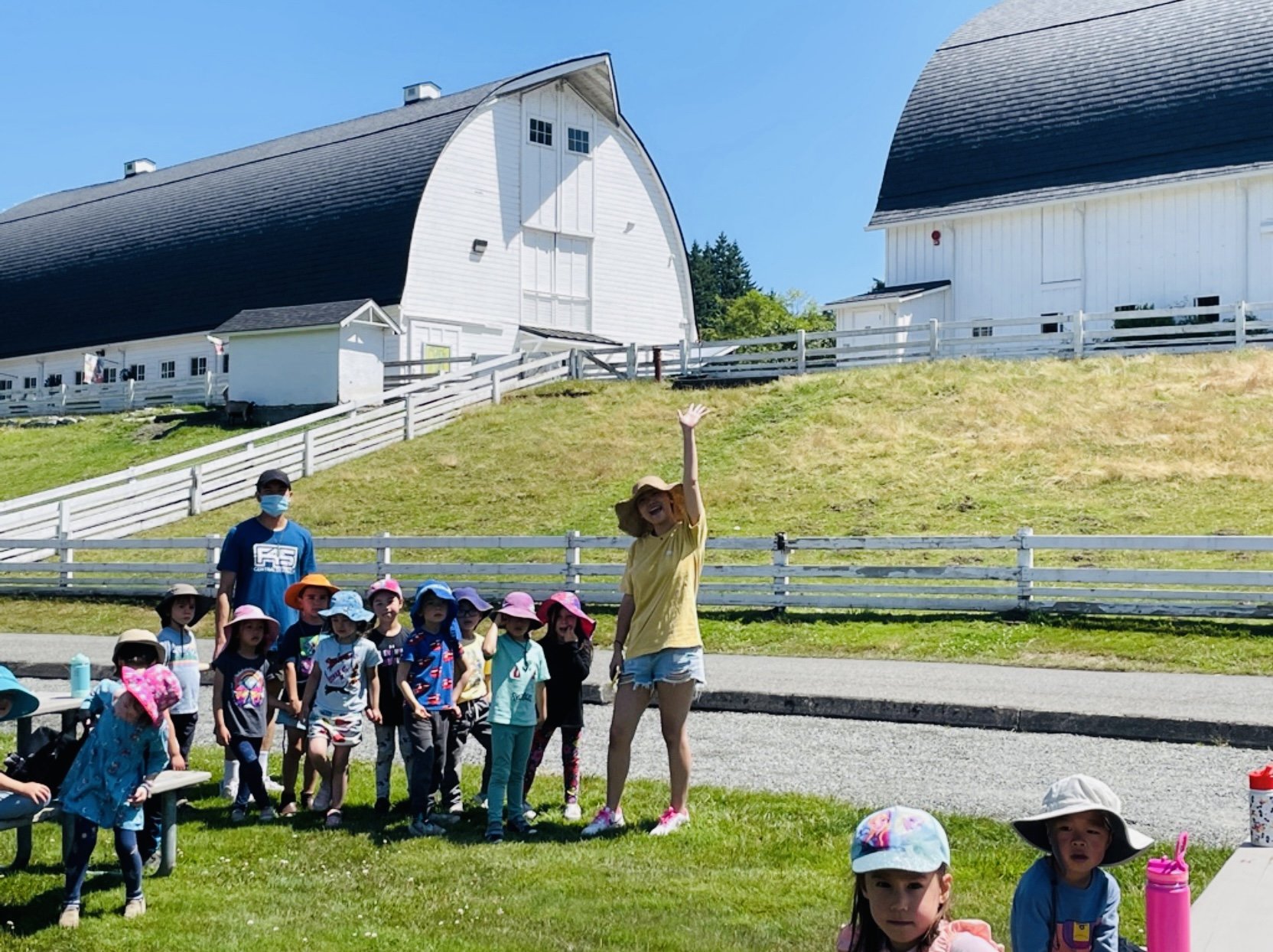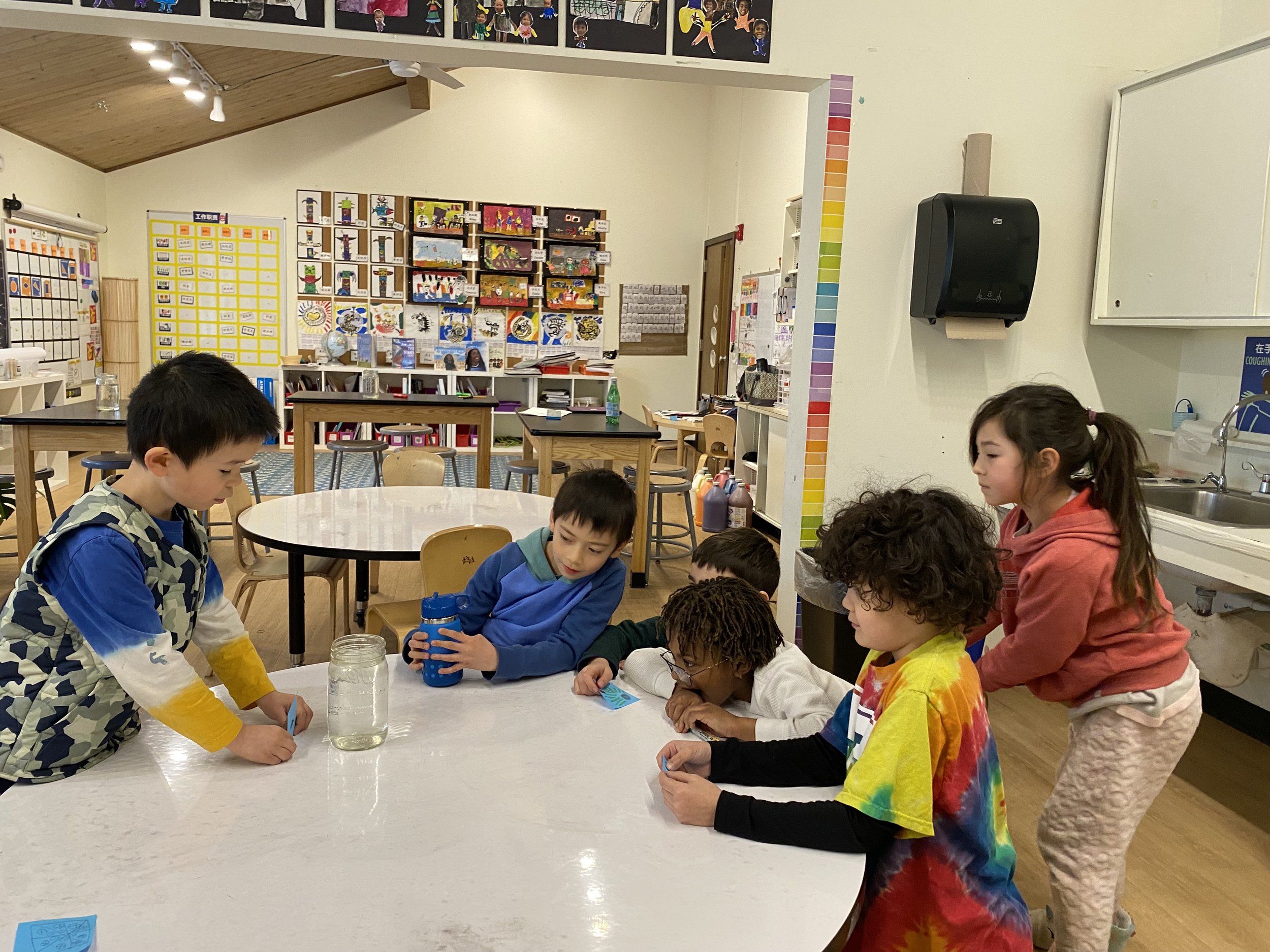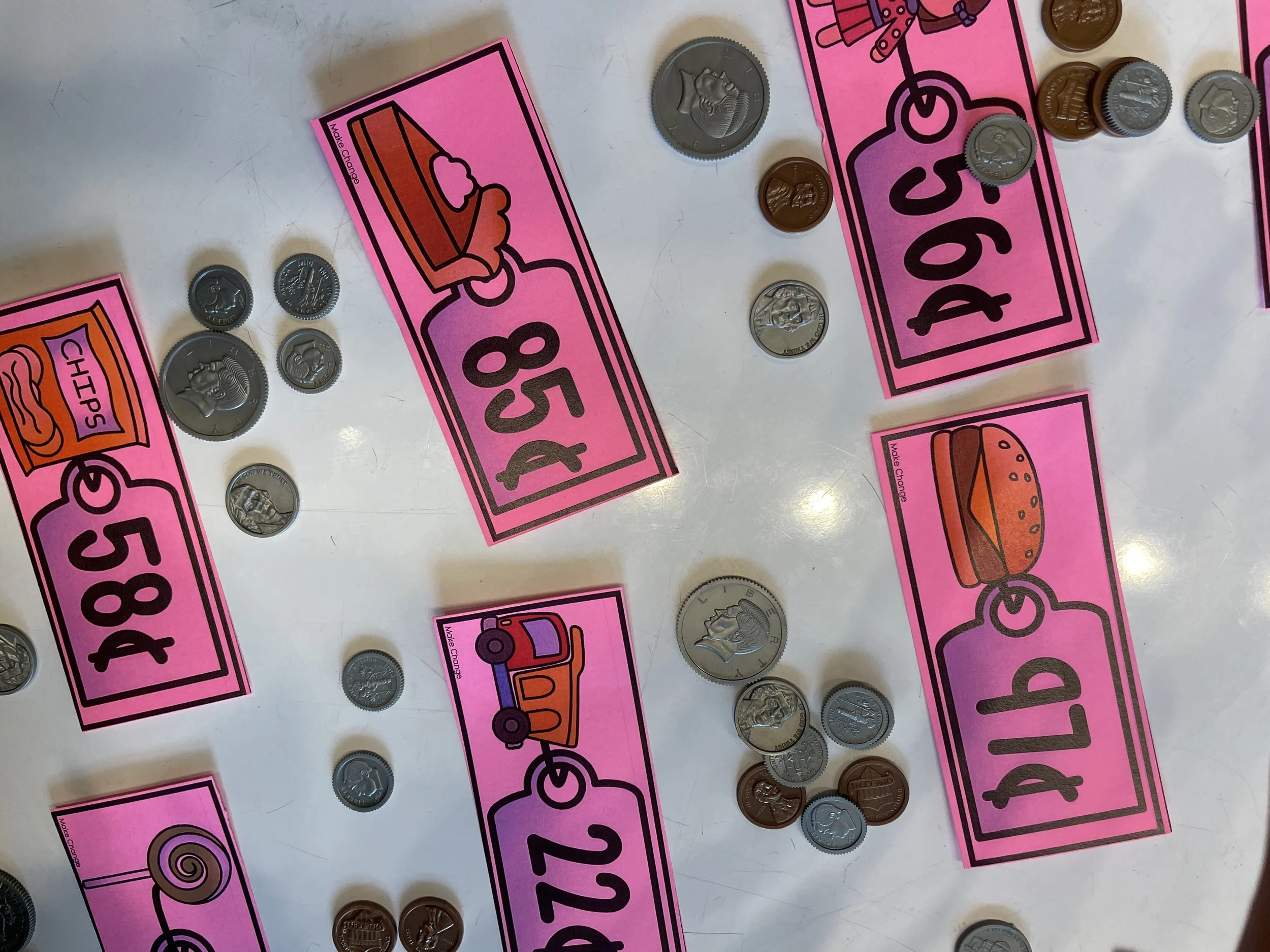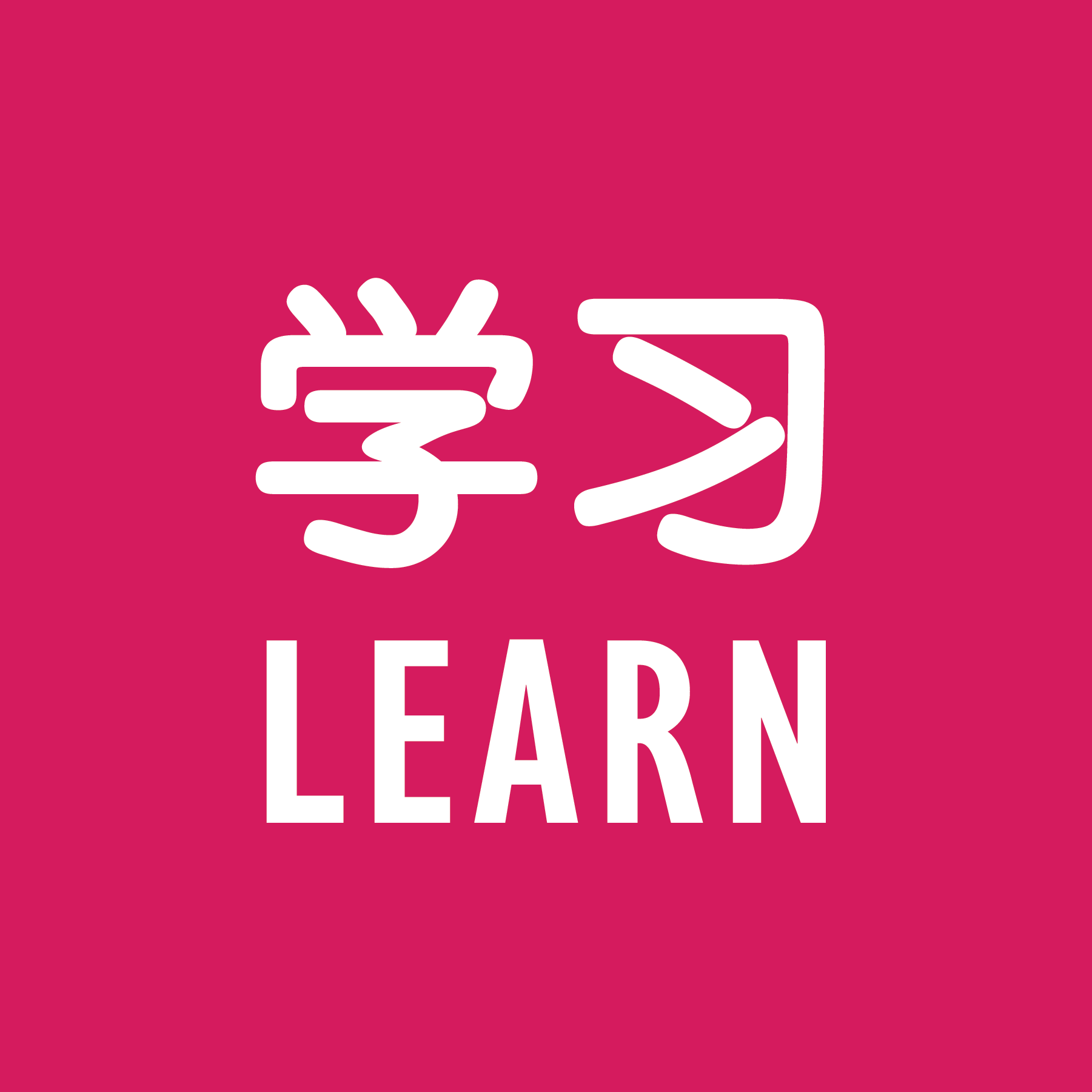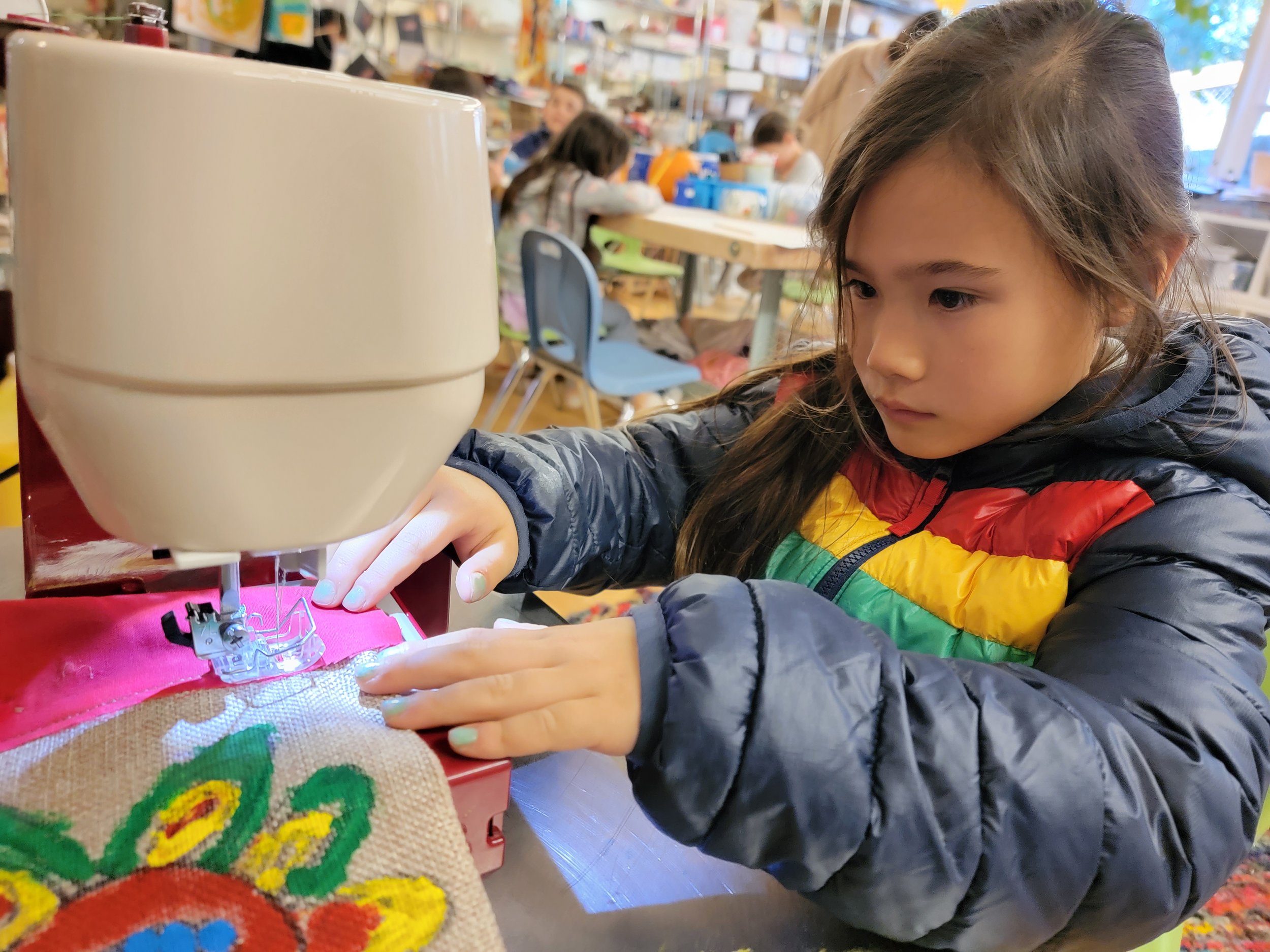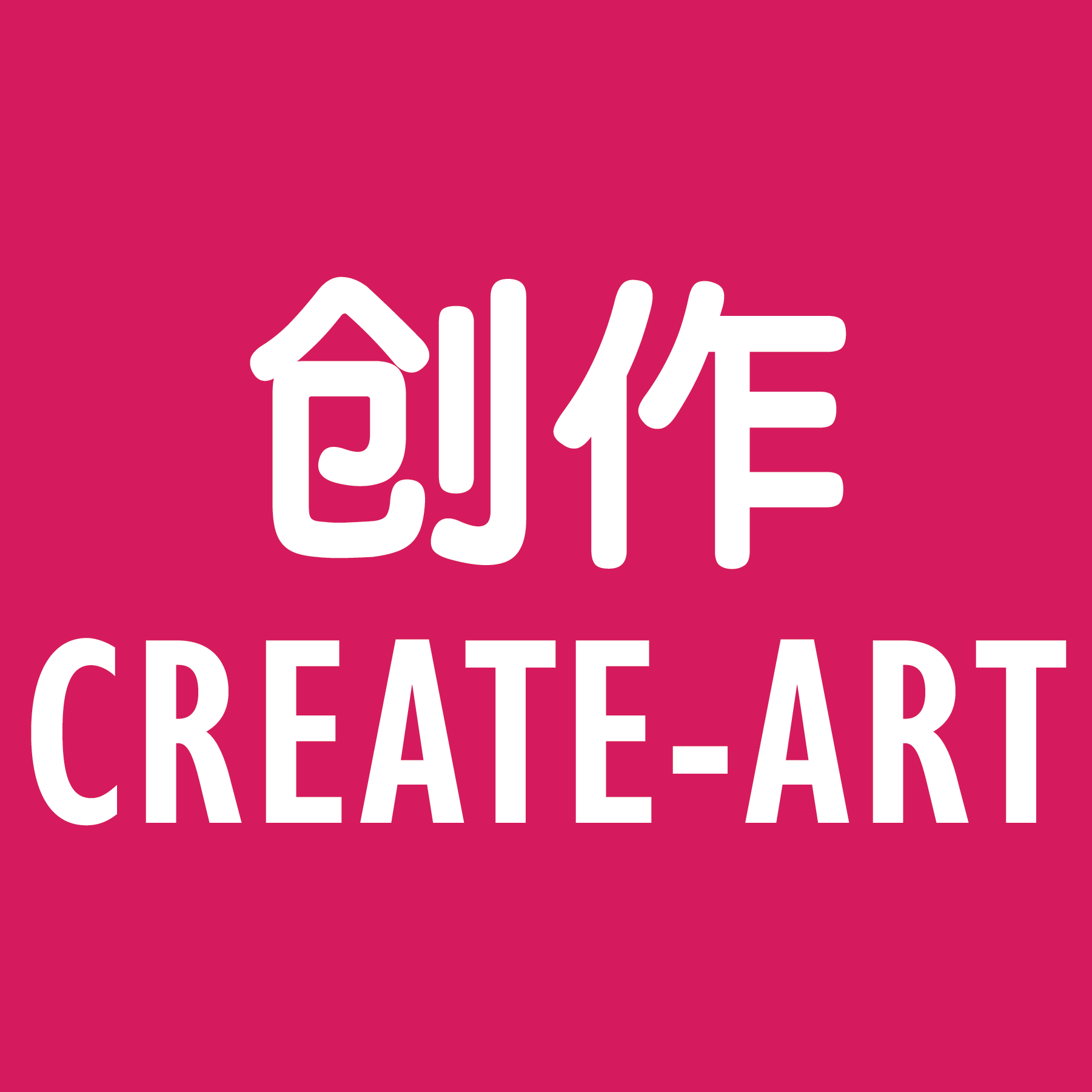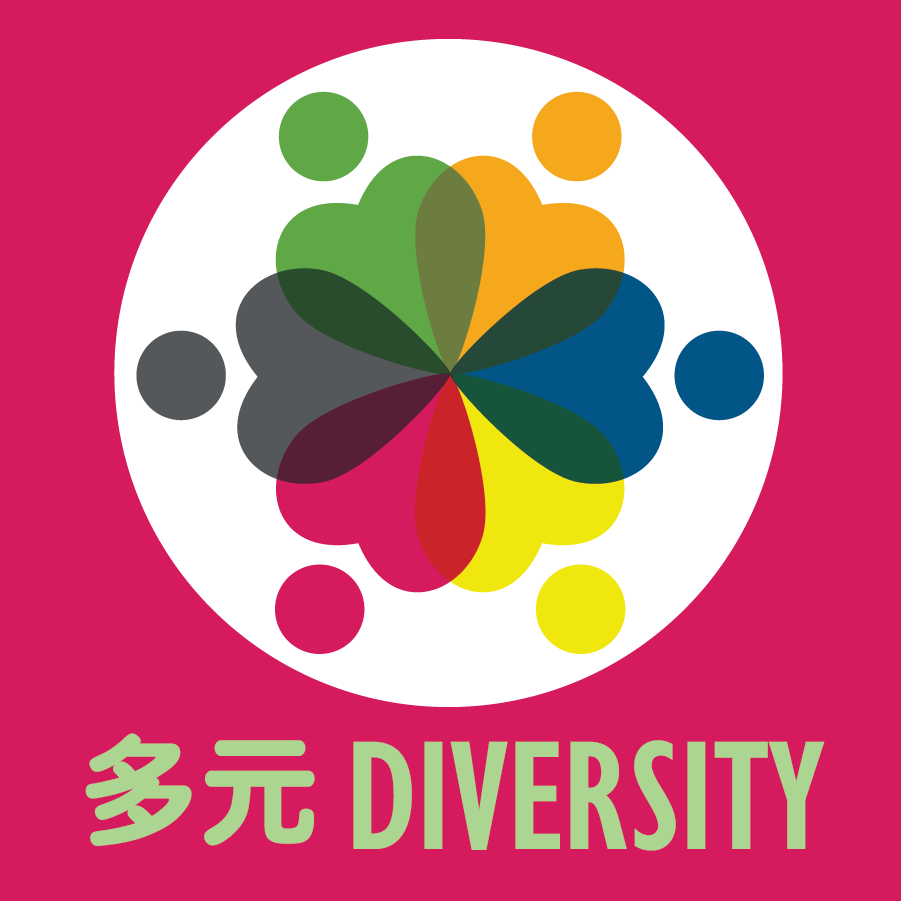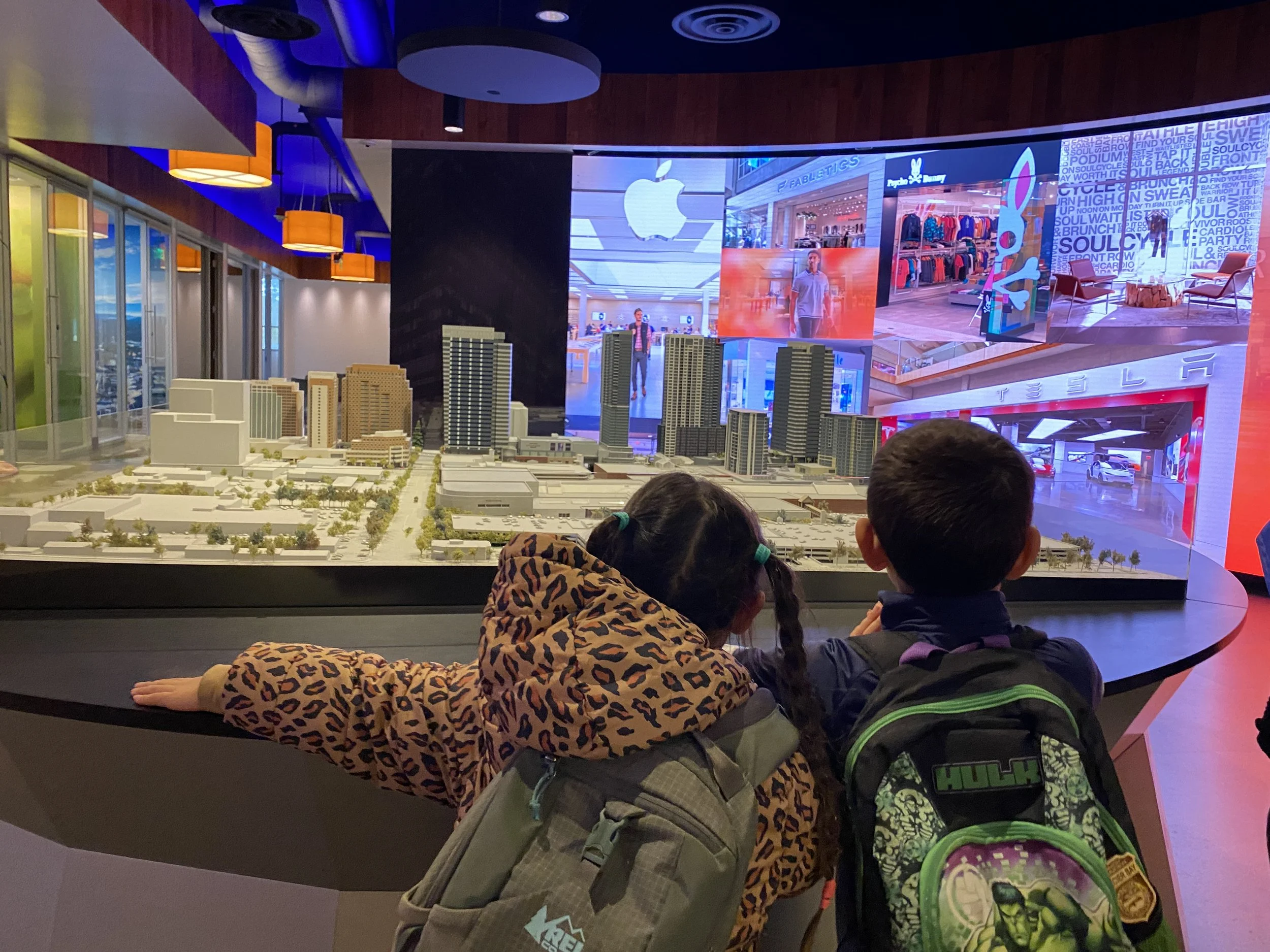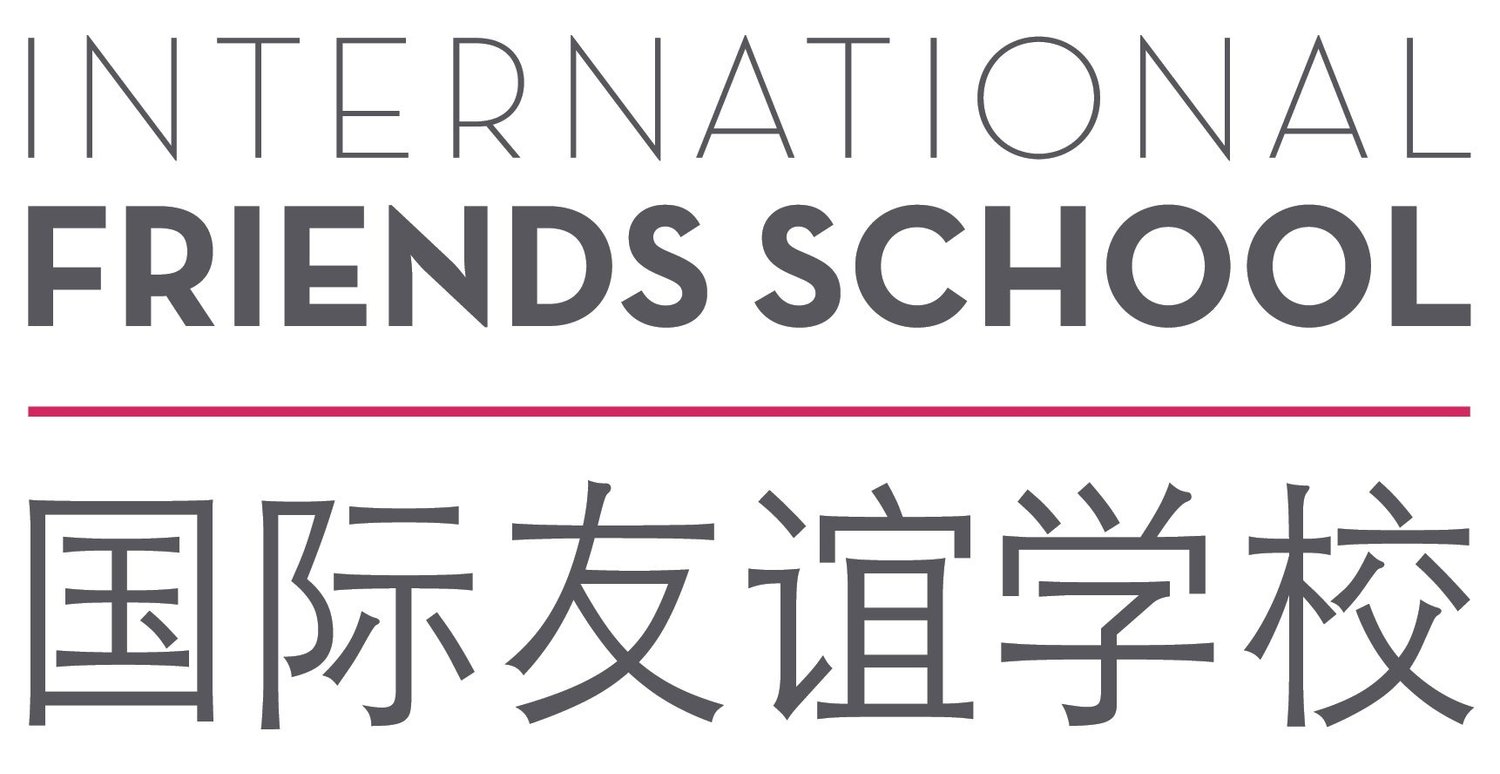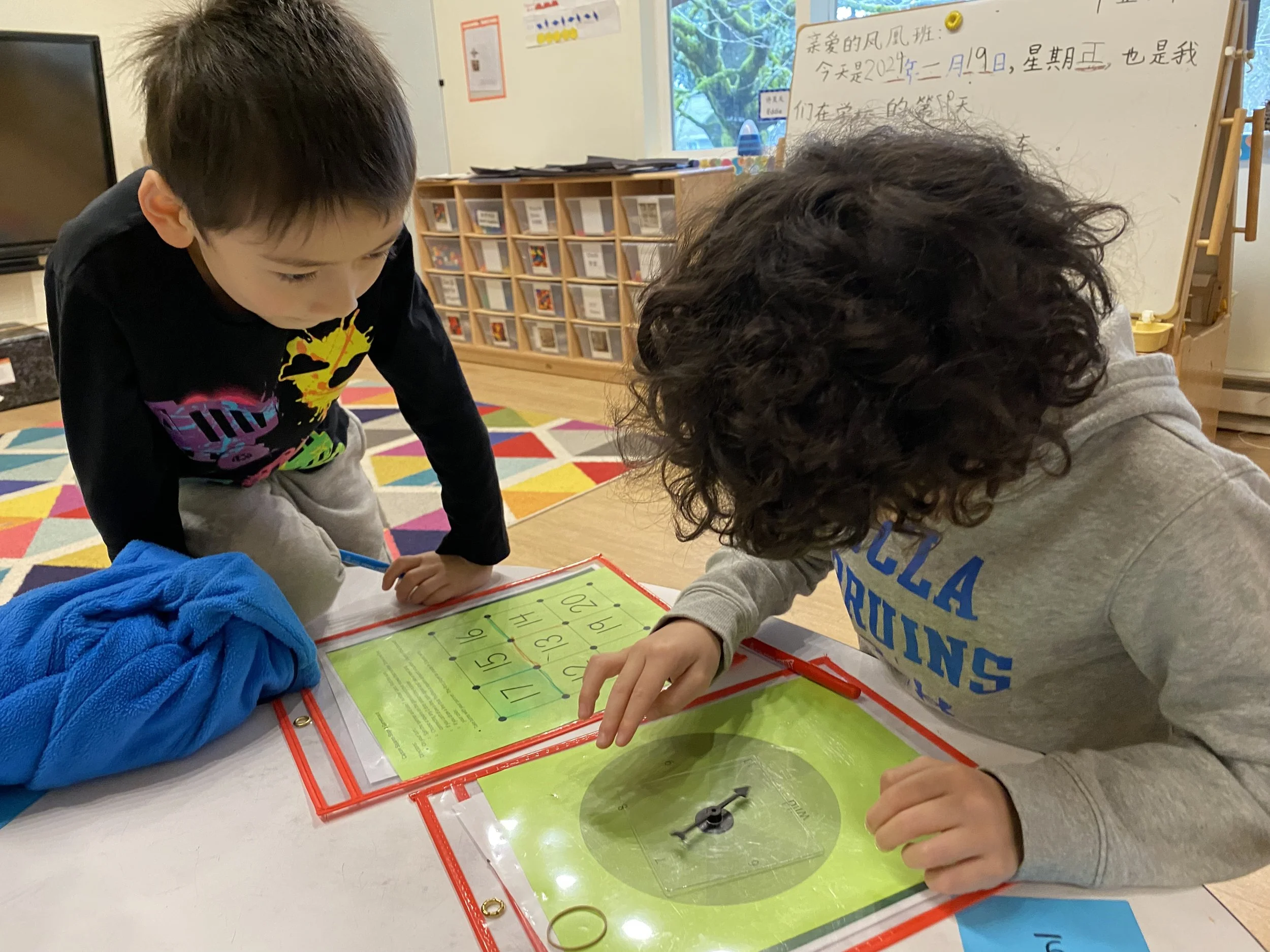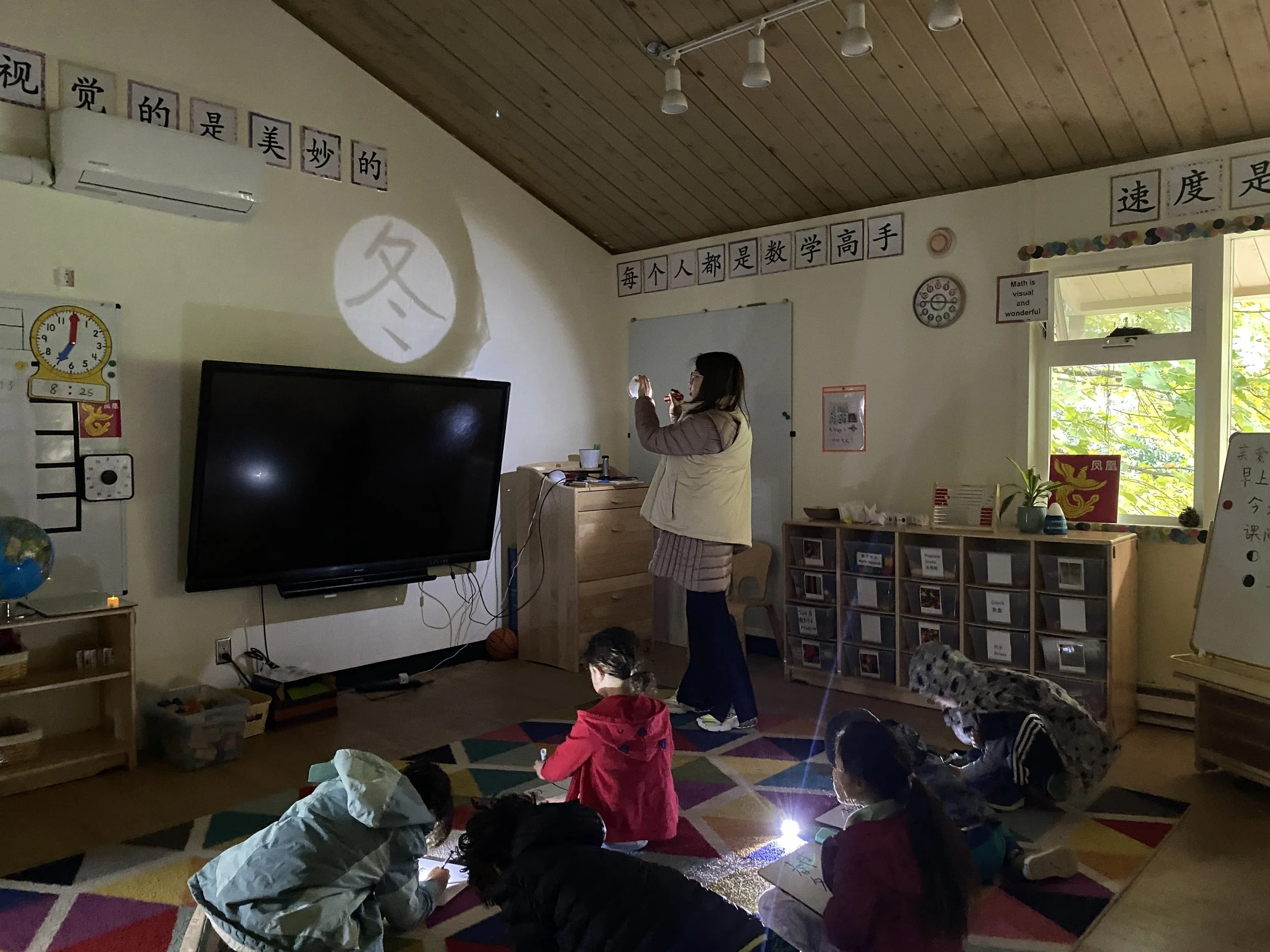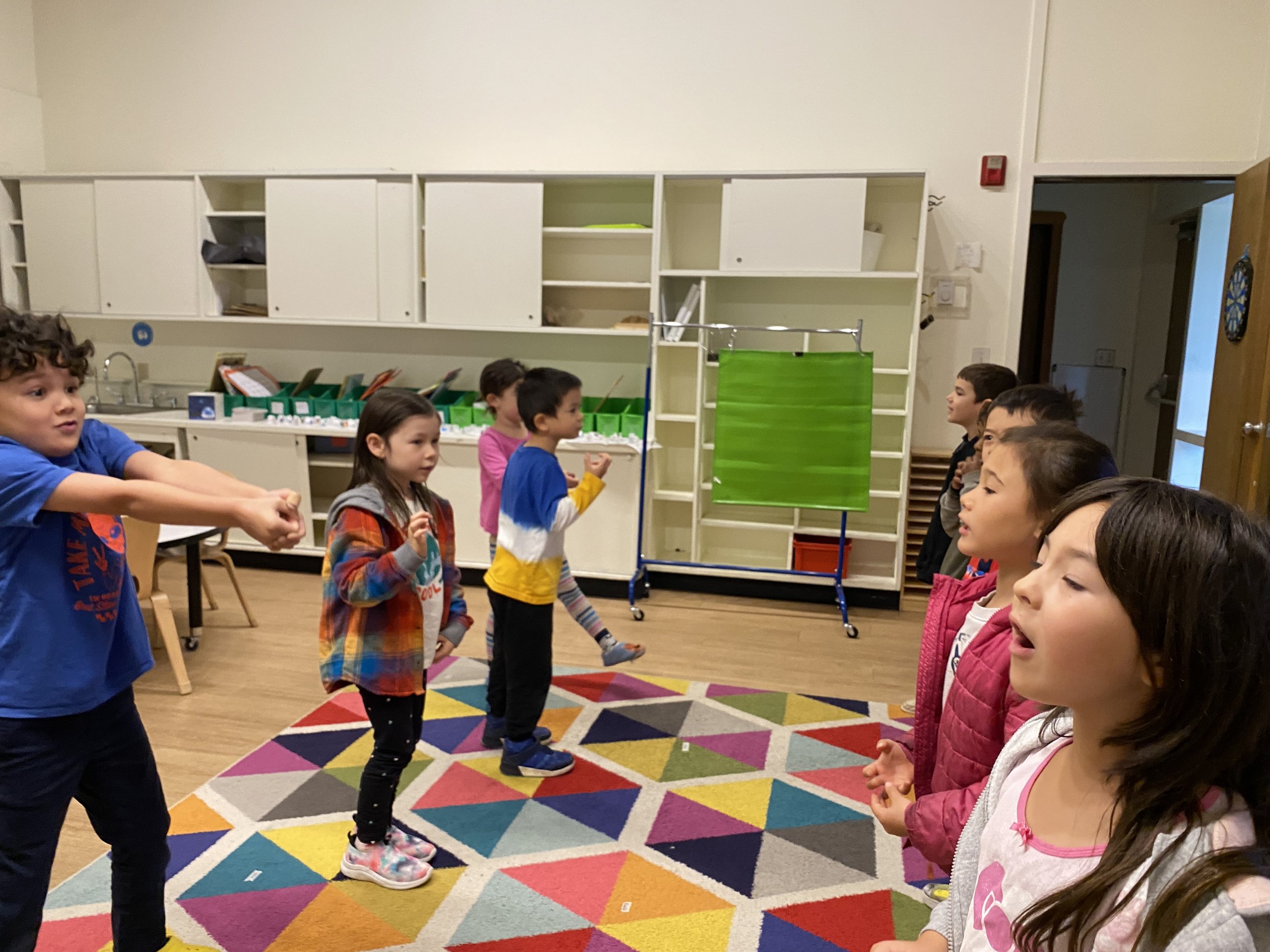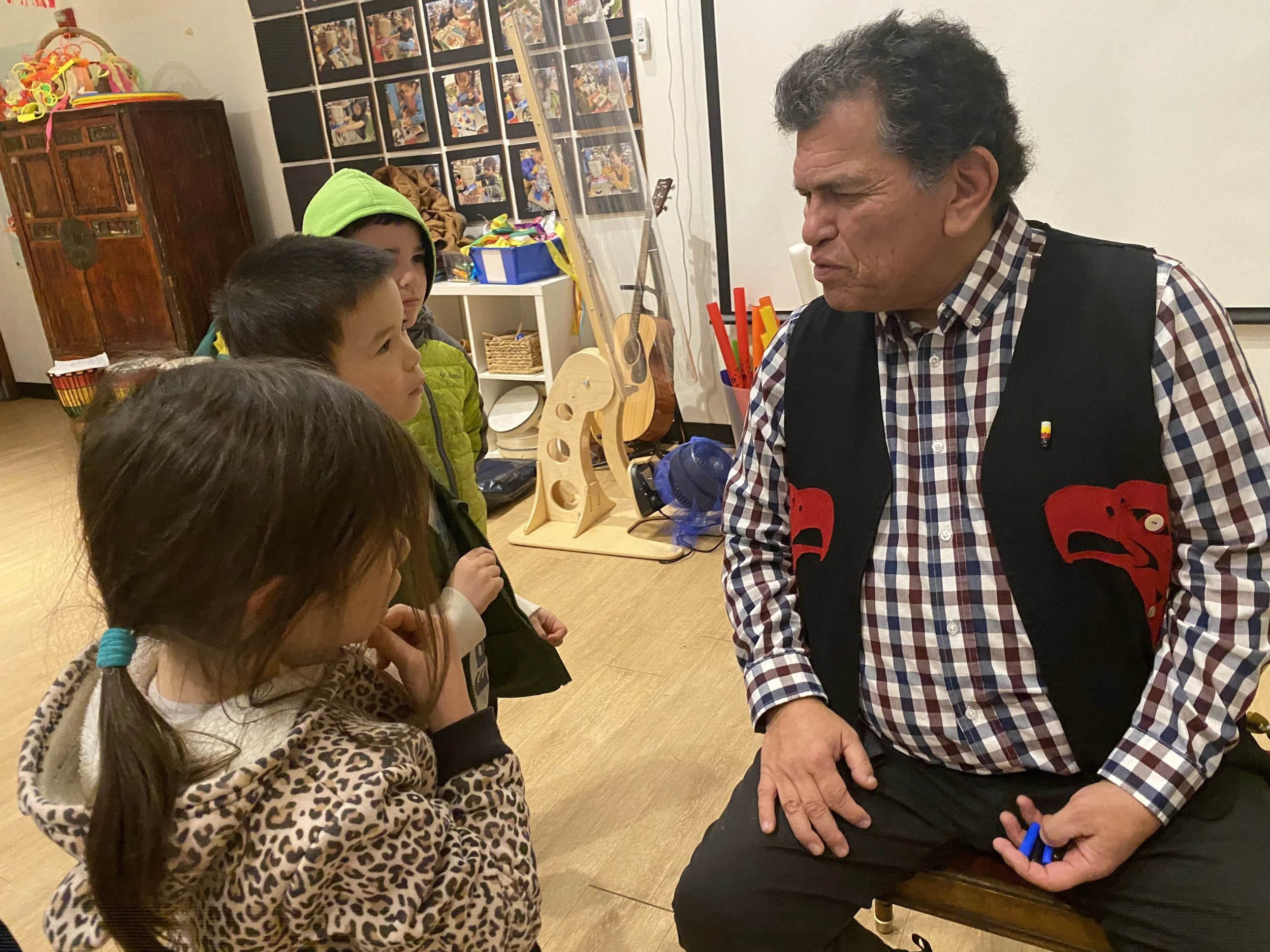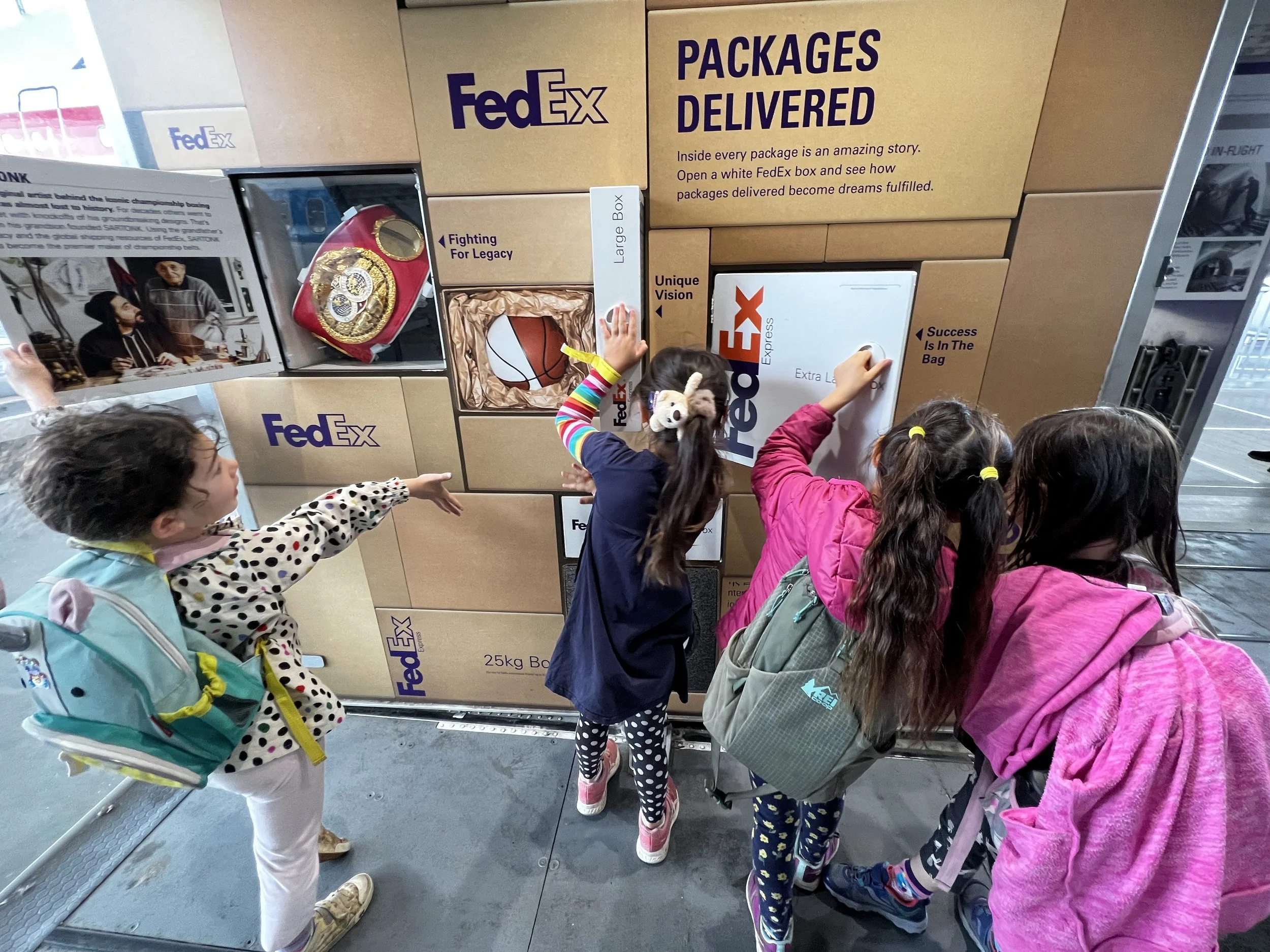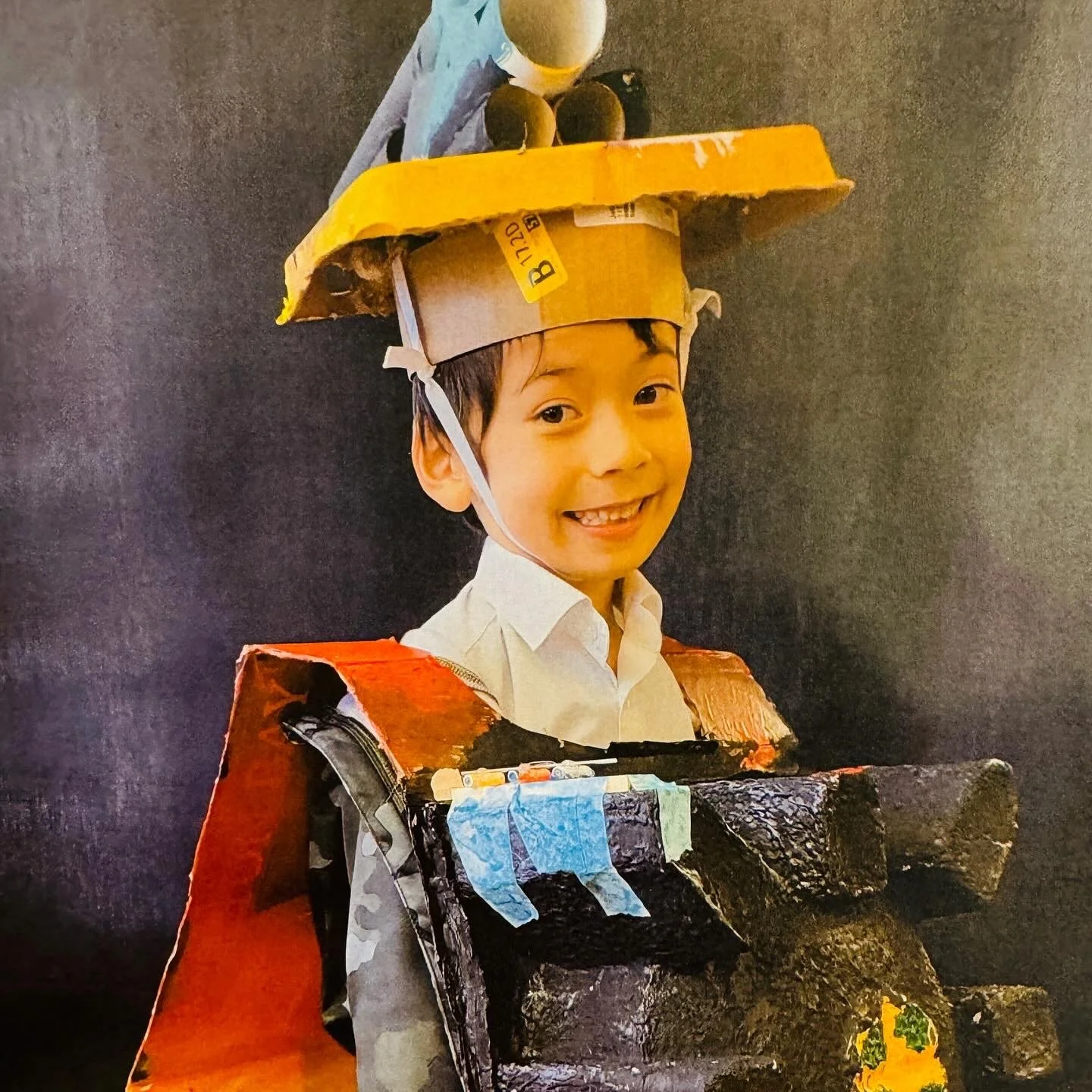
First-Grade Program Overview - Phoenix
Teacher-Student Ratio 1:10 (max)
Class Size: 16 Students (max)
Curriculum: The Phoenix Curriculum occurs in an 75% Mandarin immersion environment. The students have core curricular classes and specialty classes each week, along with 2 hours of meal & playtime. The curriculum also includes ongoing enrichment, a hallmark feature of our elementary program.
This is the last year the IFS enrolls students with little or no Mandarin proficiency.
Language Ratio Mandarin 75%, English 25%
Assessment Results: Brief Overview of Assessment Results are included at the end of this section.
Sample Schedule
Learn more about Phoenix Teachers
1st Grade Learning at IFS
First Grade at International Friends School: A Year of Remarkable Growth
First Grade is a transformative year. Students quickly adapt to routines, actively participate, and present their trimester capstone projects with confidence and pride. We love watching them mature throughout the year.
Embracing Literacy and Storytelling
Students immerse themselves in literacy, reading, and writing in both English and Mandarin. In Trimester 2, they explore storytelling and its significance in Indigenous American culture. They ask, "What is the point of the story?" and "Why does it matter?" Through trial and error, they create multi-page stories with developed characters, plots, and settings. Using AI technology, students animate their stories with sound effects and voiceovers, demonstrating that meaningful content motivates young learners.
Advancing in Math and Data Science
In math, first graders are introduced to fractions and improve their skills in carrying and borrowing numbers. They create charts and graphs, learning how data science can enhance information presentation.
Exploring STEAM
Our STEAM Lab introduces students to coding, early robotics, and creative play in a maker space, fostering innovation and technical skills.
Social and Emotional Learning
Recognizing the importance of play, students enjoy long outdoor activity blocks and daily morning SEL sessions. They learn to understand and express empathy, often resolving conflicts with minimal guidance from teachers.
Join us in celebrating the incredible journey of our first graders as they grow, learn, and thrive at International Friends School.
Core Subjects
-
Curricular Materials: Level Learning, Better Immersion, and authentic materials
Standards:
ACTFL for communication
Common Core State Standards for Reading and Writing Skills
Examples of Key Skills
Students can:
recognize more than 220 words
write more than 150 words
read grade-level texts with fluency and understanding
write opinion, informative, and narrative writing pieces in 3-4 sentences following the basic form of the genre
-
Curricular Materials: Illustrative Math, Shuxue (China’s national curriculum)
Standards: Common Core State Standards
Examples of Key Skills
Students can:
determine if equations involving addition and subtraction are true or false
use place value understanding and properties of operations to add and subtract within 100
solve word problems involving addition and subtraction within 20
represent and interpret data using picture graphs and bar graphs
reason abstractly and quantitatively
-
Curricular Resources: Logic of English, EPIC!, the Writing Revolution
Standards: Common Core State Standards
Examples of Key Skills
Students can:
decode two-syllable words following basic patterns by breaking the words into syllable
read grade-level text orally with accuracy, appropriate rate, and expression on successive readings
write opinion, informative or narrative pieces of 3-4 sentences that follow the essential features of the genre
-
Standards: Next Generation Science Standards, Common Core State Standards, UN Sustainability Goals
About: First grade students engage in a project each trimester. Projects focus on an inquiry from either the physical or social sciences and integrate learning standards from Chinese and math. The project cycle often incorporates scientific investigations and culminates with a capstone project that students share with their parents at the end of the trimester. For a closer look at project-based learning in first grade, please see the projects below.
-
Curricular Materials: Everyday Speech
Standards: Common Core State Standards
Examples of Key Skills
Students can:
Think about their own support system and who in their life they can look to for support
understand that we can use the clues on the outside to tell how someone feels on the inside
use strategies to regain a sense of calm body, calm mind
set their own goals and track their progress with a teacher
know what it looks like and means to apologize
-
Curriculum Resources: world news, world maps, UN Sustainability Goals, and Quaker testimonies
About: Student Clubs offer Kindergarten students the unique opportunity to work across K-4th grade on collaborative explorations and initiatives. Students also explore world geography, world news, and major festivals around the world.
Led by the Head of School, Student Clubs is a deep dive into testimonies with students developing their own plans using the “Backward Design, Execute Forward” model.
Highlights from Student Clubs:
Students explore one testimony per trimester. In the winter of 2024, Student Clubs explored the Stewardship Testimony.
In mixed age groups, they found an environmental cause.
They created a budget and a plan for creating items to sell at the Sustainability Fair.
They created their own products, such as postcards or coasters, based on their theme. They also designed their booths in close collaboration.
They figured out net proceeds after costs and expenses and donated the amount to a cause that helps their animal and its habitat.
-
First Graders take 3 Field Trips a Year, including 3 trips to Wilburn Park/Bellevue Botanical Garden.
Specialty Subjects
-
Standards: National Standards for Physical Education (NASPE)
Examples of Key Skills
Students can:
demonstrate fundamental locomotor skills such as running, jumping, hopping, skipping, galloping, and sliding
participate in activities that promote cardiovascular endurance, muscular strength, muscular endurance, and flexibility
demonstrate cooperation, teamwork, and sportsmanship when participating in group activities and games
follow safety guidelines and procedures during physical activities to prevent accidents and injuries
-
Standards: Common Core State Standards
Examples of Key Skills
Students can:
express themself creatively
use fine motor skills to cut, color, draw, and paint
learn about different cultures and traditions through art
decide which colors to use and how to arrange shapes and lines in a composition
Global Focus: Students are exposed to art forms, styles and cultural traditions from around the world, during art studio time and as part of our all-school Global Village projects.
-
Curricular Materials: Commonsense Media Curriculum (digital literacy), SFUSD K-2 Computer Science Curriculum (Computer Science), typing programs
Standards: Common Core State Standards
Examples of Key Skills
Science
Students study Earth’s systems, including rocks, minerals, and land formations.
Students learn about environmental conservation and sustainability.
Technology
Students learn foundational skills in using digital tools, including computers, tablets, and educational software.
Students learn basic coding concepts and engage with robotics kits to explore principles of engineering and automation.
Engineering
Students apply the engineering design process to solve real-world challenges.
Students engage in hands-on design and construction activities such as building structures, designing vehicles, or creating simple machines.
Arts
Math
-
Our overnight environmental science programs in Olympic National Park offer students the opportunity to engage in inclusive, hands-on learning experiences in the foothills of the Pacific Northwest's majestic Olympic mountains. Students explore an old growth forest, the Elwha River, and pristine Lake Crescent, while challenging themselves physically, building meaningful relationships, and discovering a caring relationship with the natural world. We collaborate with each school or group to ensure their program experience meets their educational goals.
For many first grade students this is the first trip away from home. They are chaperoned by teaches and administrators, and the trip serves as an important developmental milestone.
-
Standards: Common Core State Standards
Examples of Key Skills
Students can:
experiment with a variety of sound sources and musical elements
follow the conductor’s cues and directions during group performances
identify musical elements such as melody, rhythm, tempo, dynamics, and form
describe how music makes them feel and how it can be used to convey emotions and tell stories
explore the cultural and historical context of different types of music
Exploring Powerful Interactions:
Project Based Learning in First Grade
Students examine where they are in the universe, learning geography, civics, and earth science in the process. They “zoom out” from community all the way out to space, stopping to understand systems + physical science along the way.
-
Students can:
read, write and communicate using Mandarin words from the field of physical science such as:
动 move, 影子 shadow, 透明 translucent,音量 volume, 音调 pitch
can label a booklet of maps at the neighborhood, world and universe levels
-
Students can:
name the primary people in their community and the primary buildings that you find in a neighborhood
understand the difference between public and private areas and public and private workers.
explore and give examples of services a government provides (e.g., teachers, police and fire protection, maintenance of roads, snow removal, etc.)
identify local geographic locations and bodies of water
identify large continental land masses on a map or globe
identify major bodies of water on a map or globe
use of tools of geography (e.g., maps, globes, charts, graphs) to understand the world around us
-
Students can:
understand the role of the compass rose and the directions of north, south, east, west and can give directions around a simple neighborhood plan
understand that patterns of the motion of the sun, moon, and stars in the sky can be observed, described, and predicted
-
Students can:
reason abstractly and quantitatively
model with mathematics
organize, represent and interpret data with up to three categories; ask and answer questions about data points and categories
Students learn about the physical properties of sound and light through scientific experiments. Students also study animal legends as an oral storytelling tradition of the First People. For the capstone project, students generate their own animal legend on a digital storytelling software application created by IFS parents (professionals in software engineering and AI).
-
Students can:
read, write and communicate using Mandarin words related to the physical properties of sound and light
透明 translucent
影子 shadow
音量 volume
音调 pitch
write narratives in which they recount two or more appropriately sequenced events
use a variety of digital tools to produce and publish writing, including in collaboration with peers, with support and guidance from adults
-
Students learn the art, purpose and nature of Indigenous story telling in the Pacific Northwest.
-
Students can:
integrate physical art and digital rendering on a digital platform
create digital assets in the form of characters
design a digital story with visual and audio effects to clearly express a story
Students learn about structure and function, and inheritance and variation of traits in animals and plants native to the Pacific Northwest from a series of investigations, including research about animals from the Pacific Northwest, and which include garlic bulbs, flower dissection, and research on an animal of the Pacific Northwest.
-
Students can:
read, write, and communicate using Mandarin words related to the study of structure, function, inheritance, and variation of traits in plants and animals
species 物种, structure 结, variation 变化, thrive 蓬勃发展
ask and answer questions about key details in a text
participate in shared research and writing projects
with guidance and support from adults, recall information from experiences, or gather information from provided sources to answer a question
-
Students can:
order three objects by length; compare the lengths of two objects indirectly by using a third object.
use appropriate tools strategically
-
Students can:
diagram the external parts of a flower that help them survive, grow and propagate
identify body parts of an animal of the Pacific Northwest that help that animal survive
make observations to construct an evidence-based account that young plants and animals are like, but not exactly like, their parents
make observations that individuals of the same kind of plant or animal are recognizable as similar but can also vary in many ways
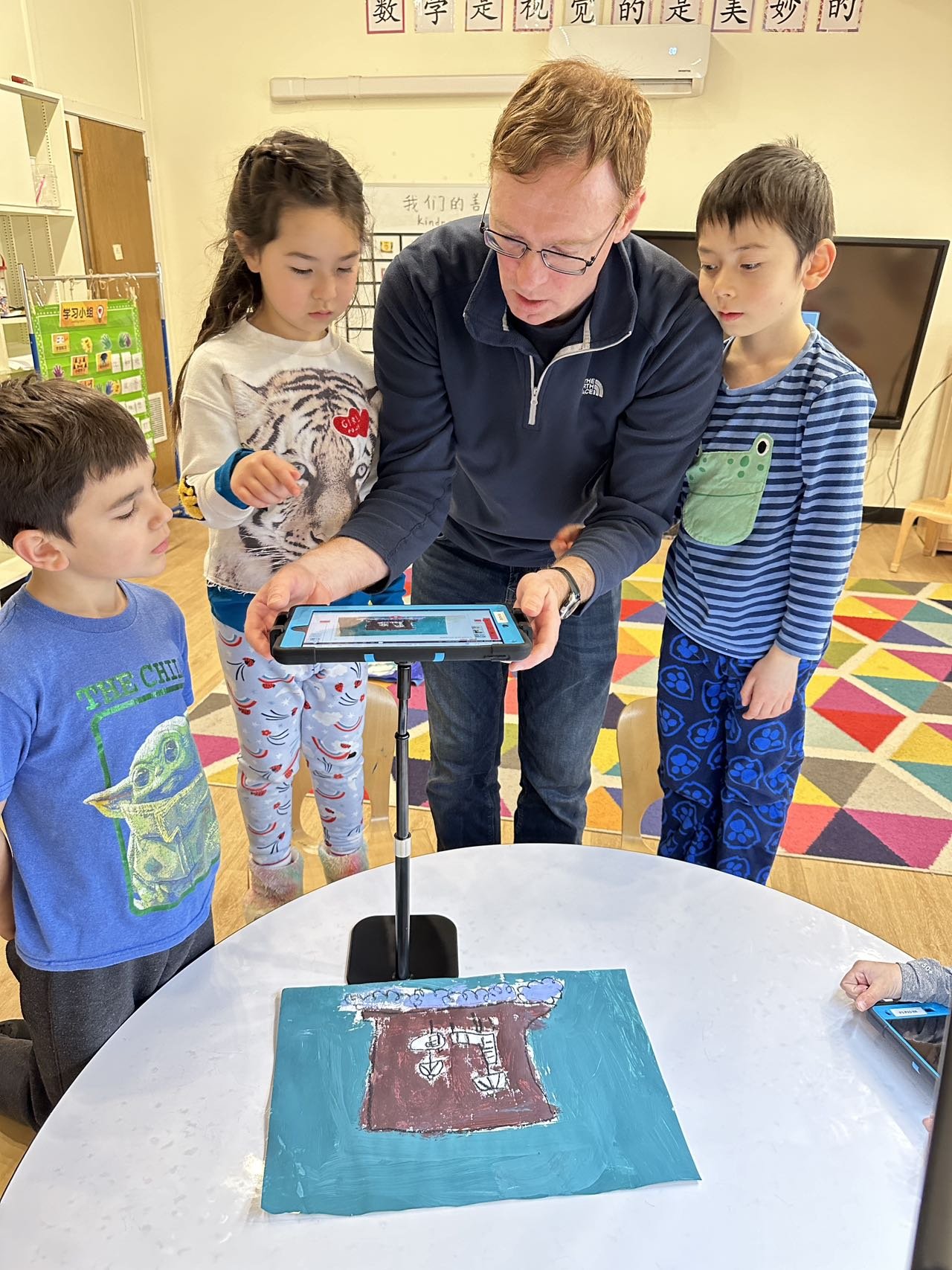
Indigenous Storytelling Showcase
Student created their own story and used AI technology for storytelling
Published AI story
Totem Drawing
Title: The Story of a Colorful Fish
Author, Illustrator & Narrator: June Lamb
Imagination Unleashed: The AI Adventures of Our 1st Graders
Dive into the enchanting world crafted by our talented 1st-grade students!
Using cutting-edge AI tools created by our parents, our young storytellers have brought their imaginative tales to life with vibrant animations, captivating sound effects, and delightful voice-overs. By studying the art of storytelling based on Indigenous methods - they became story-tellers themselves.
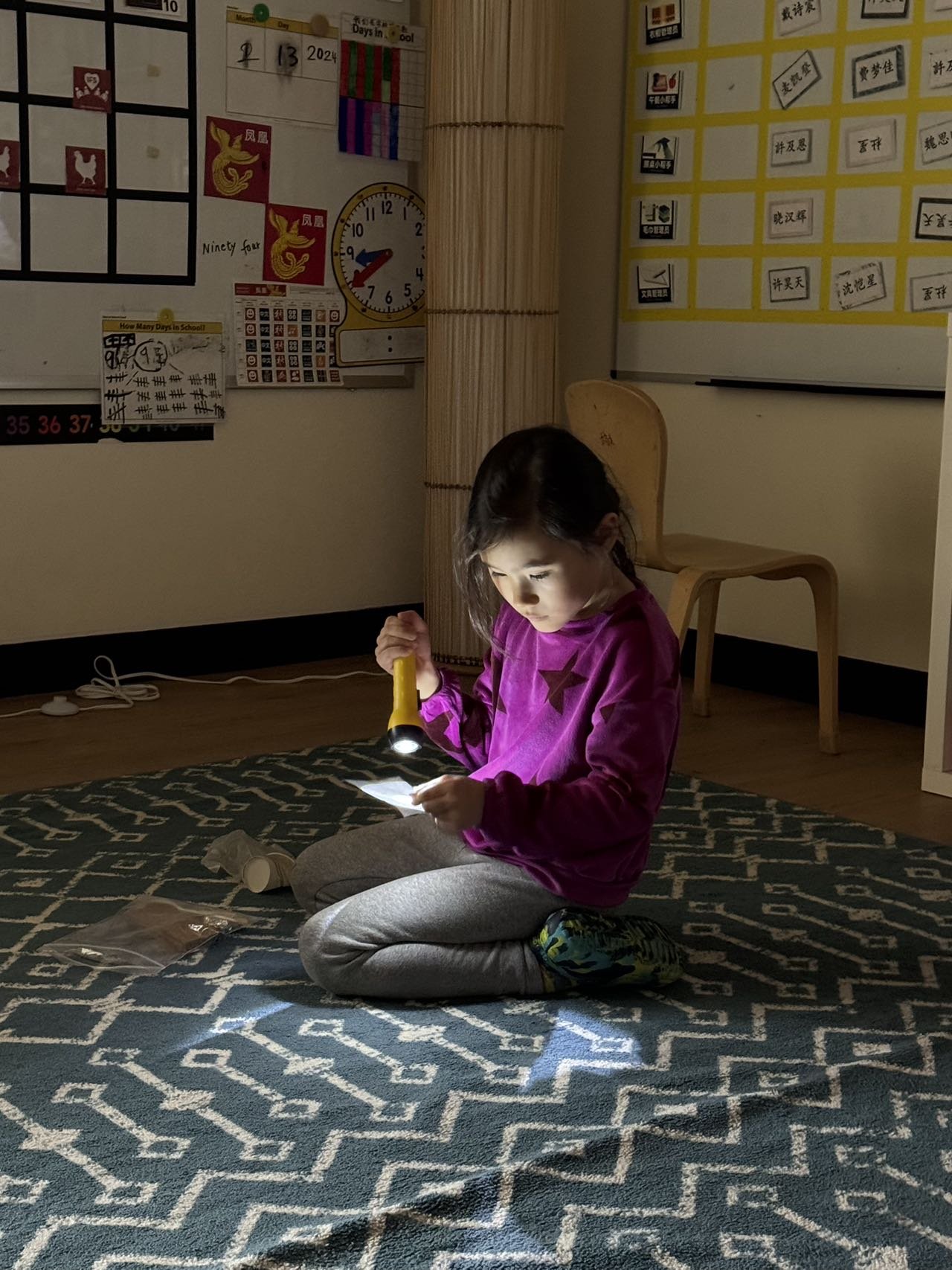

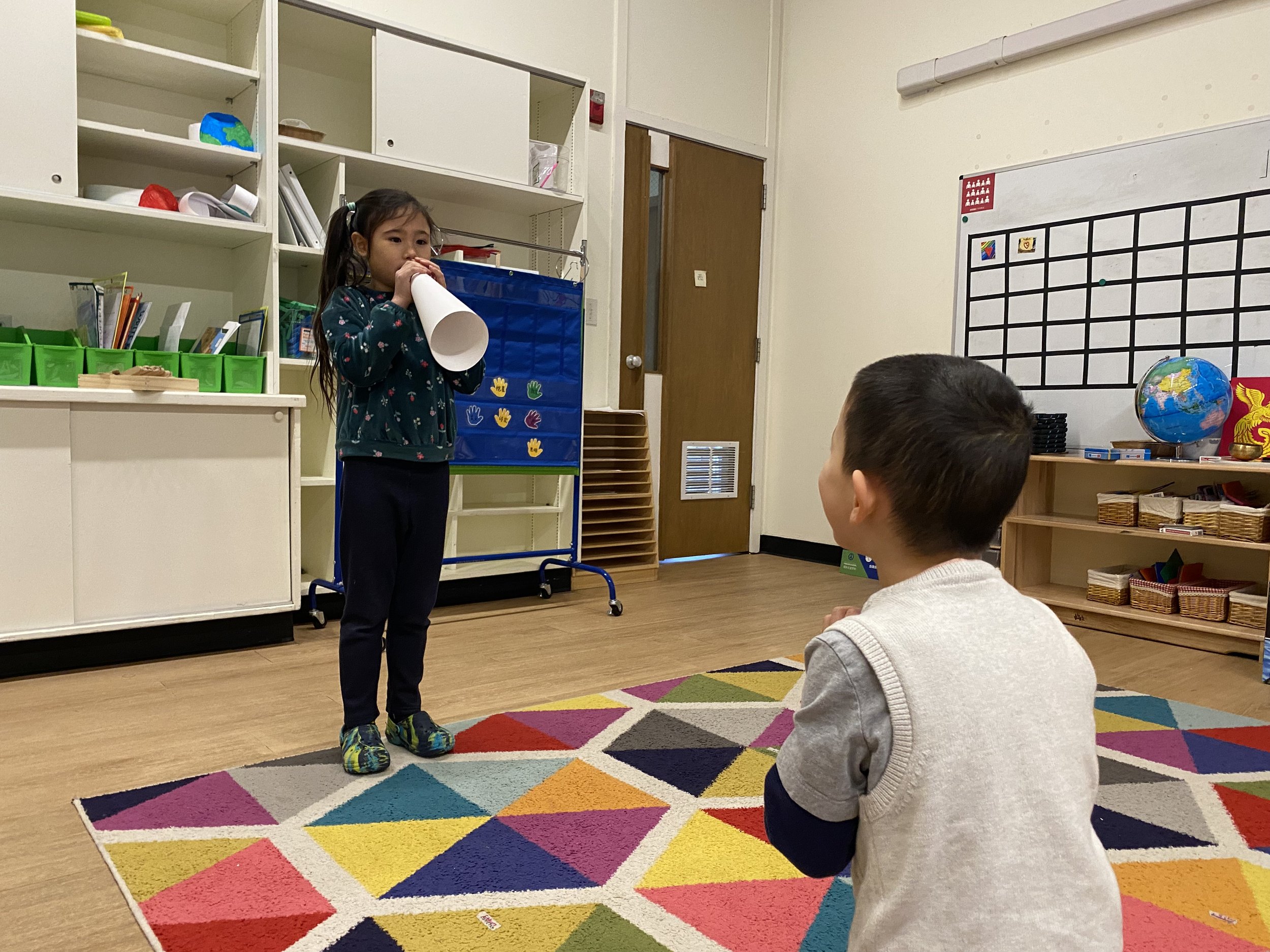
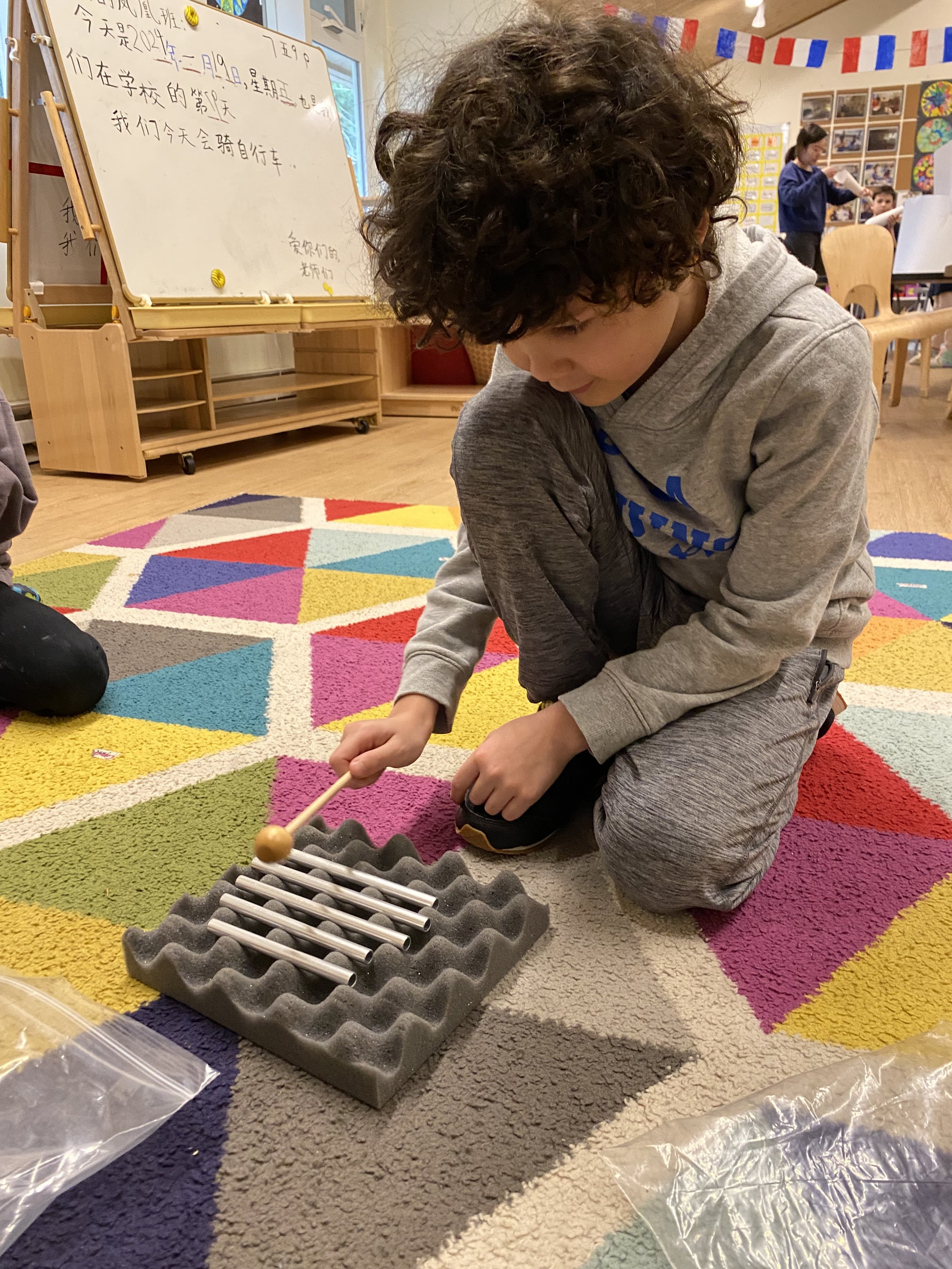
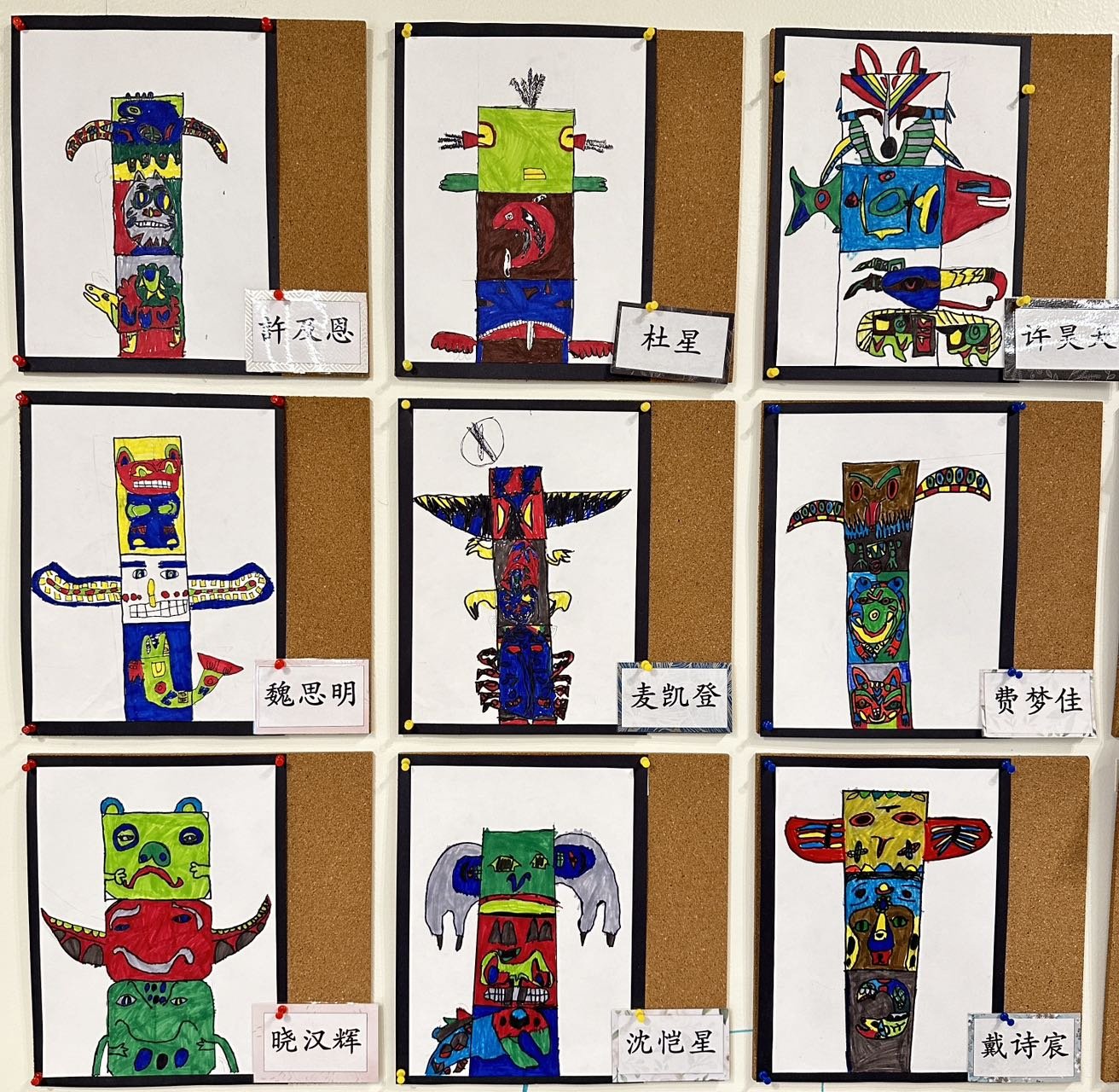
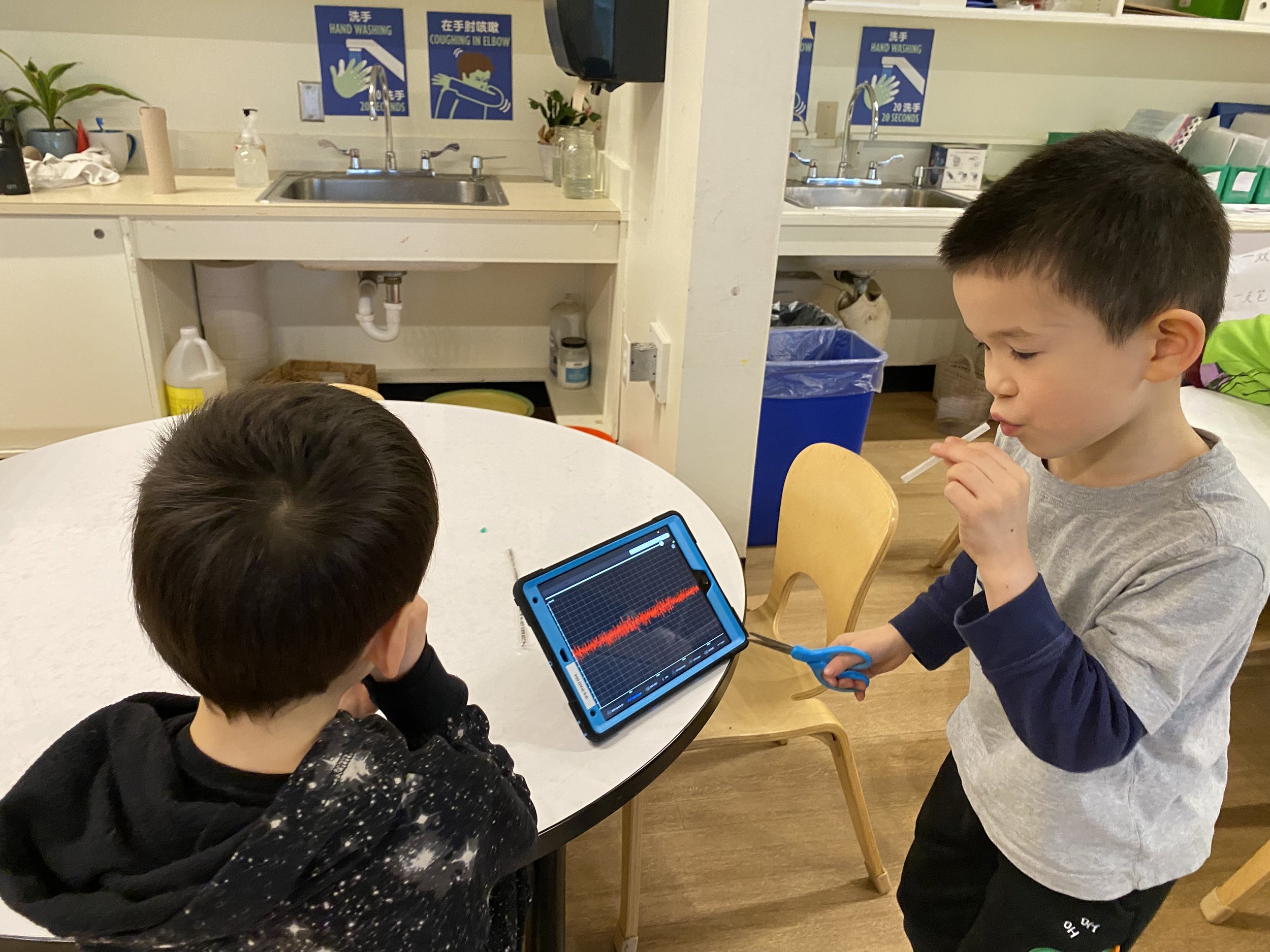
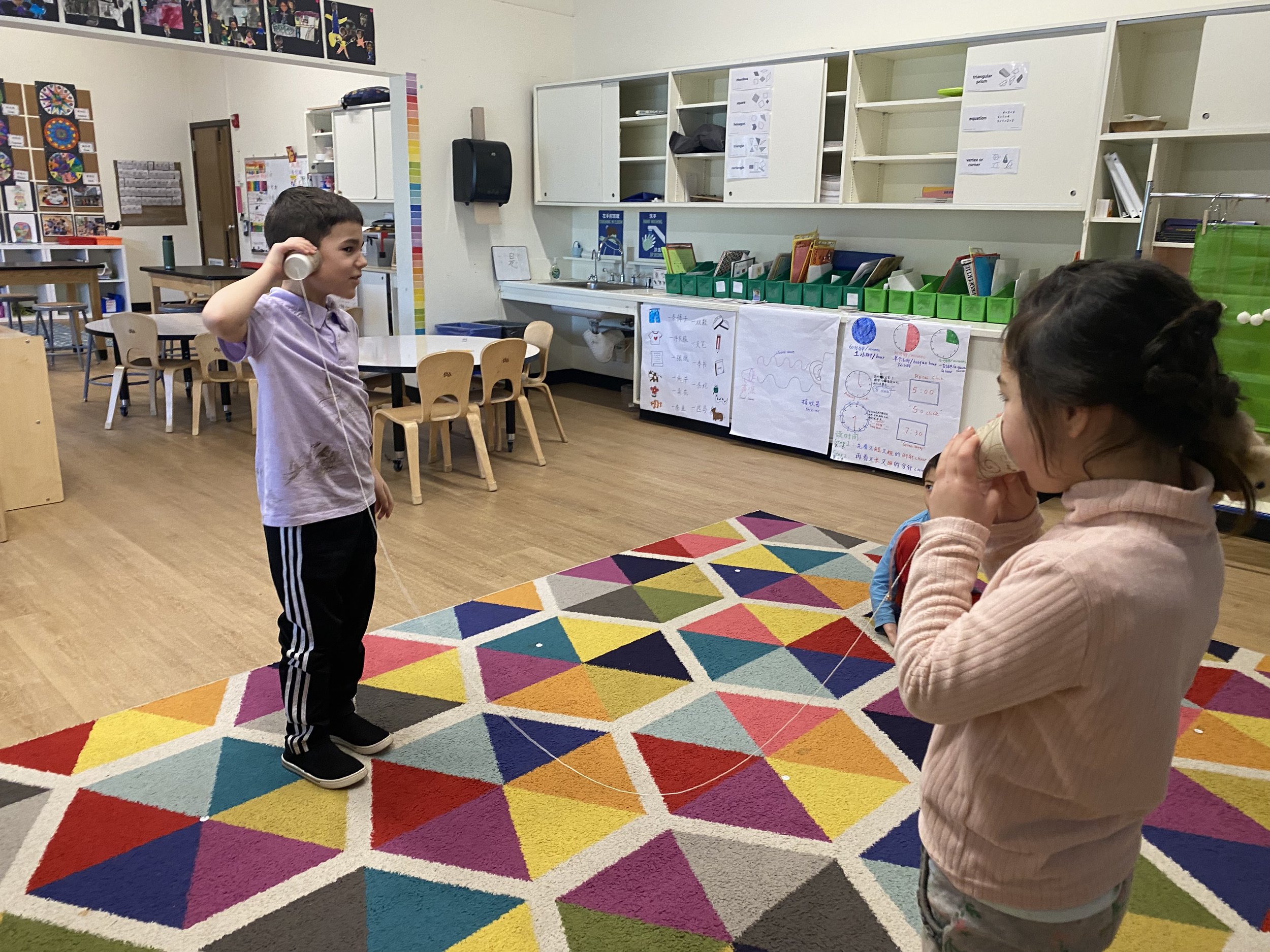
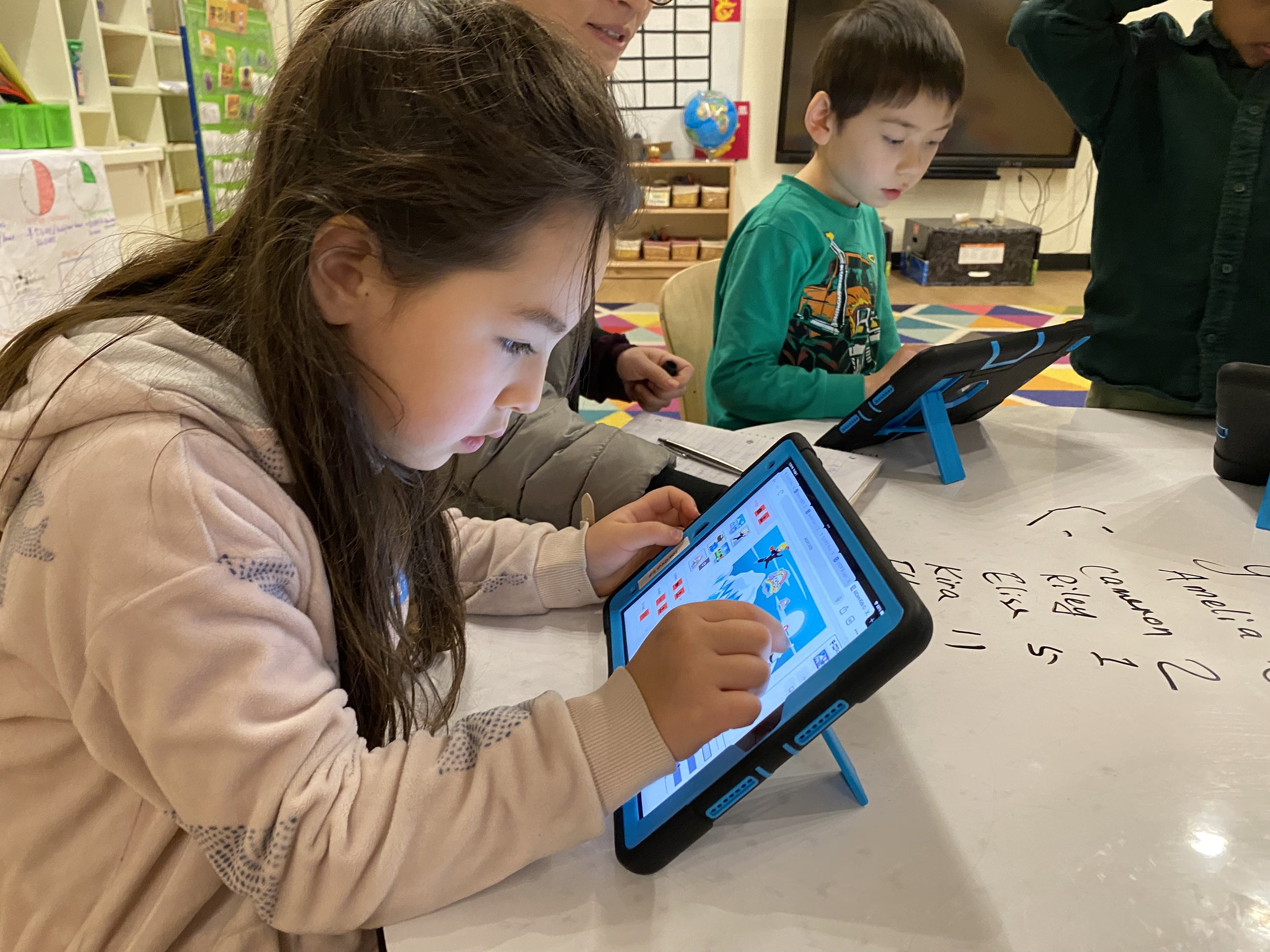
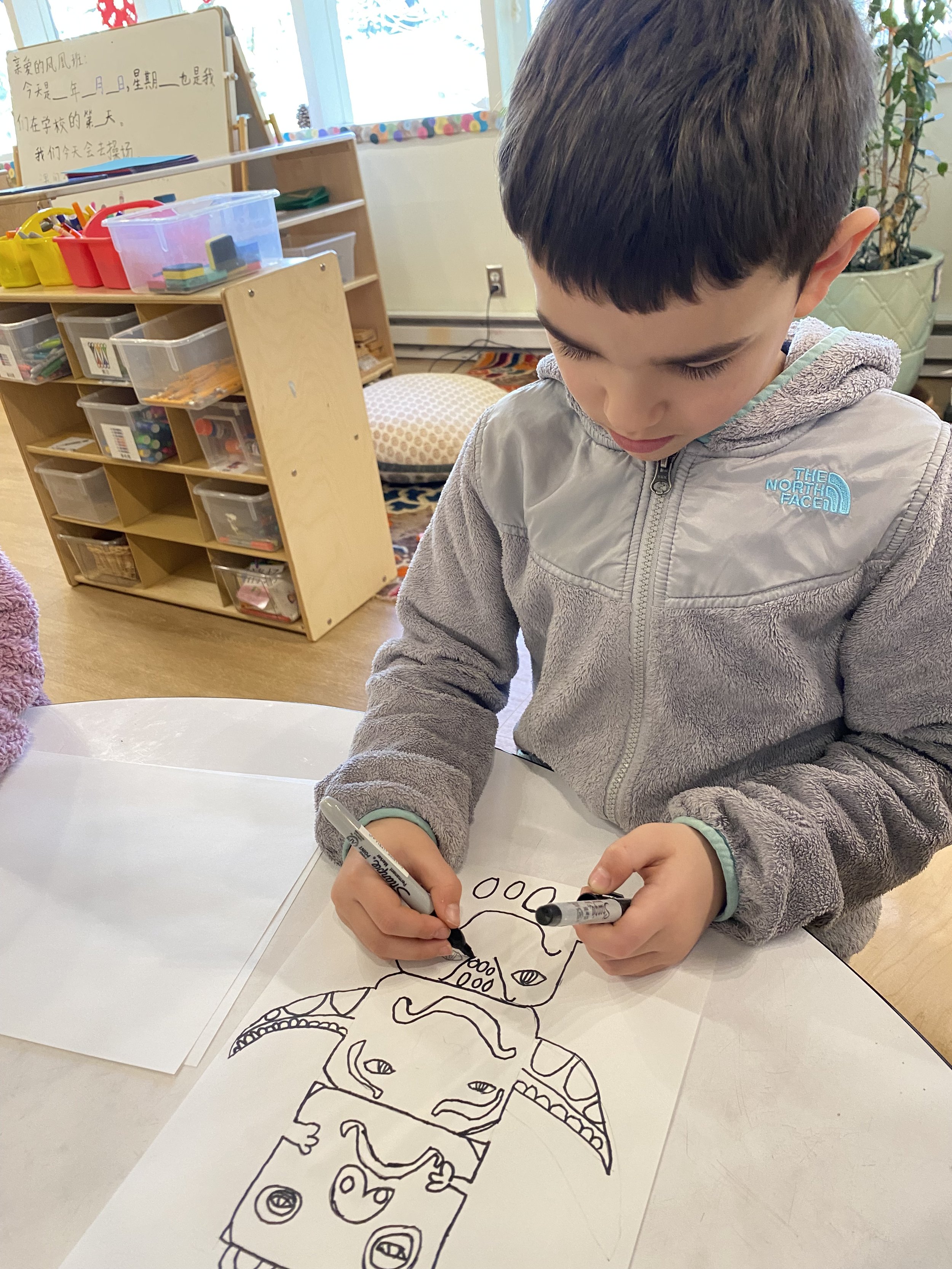
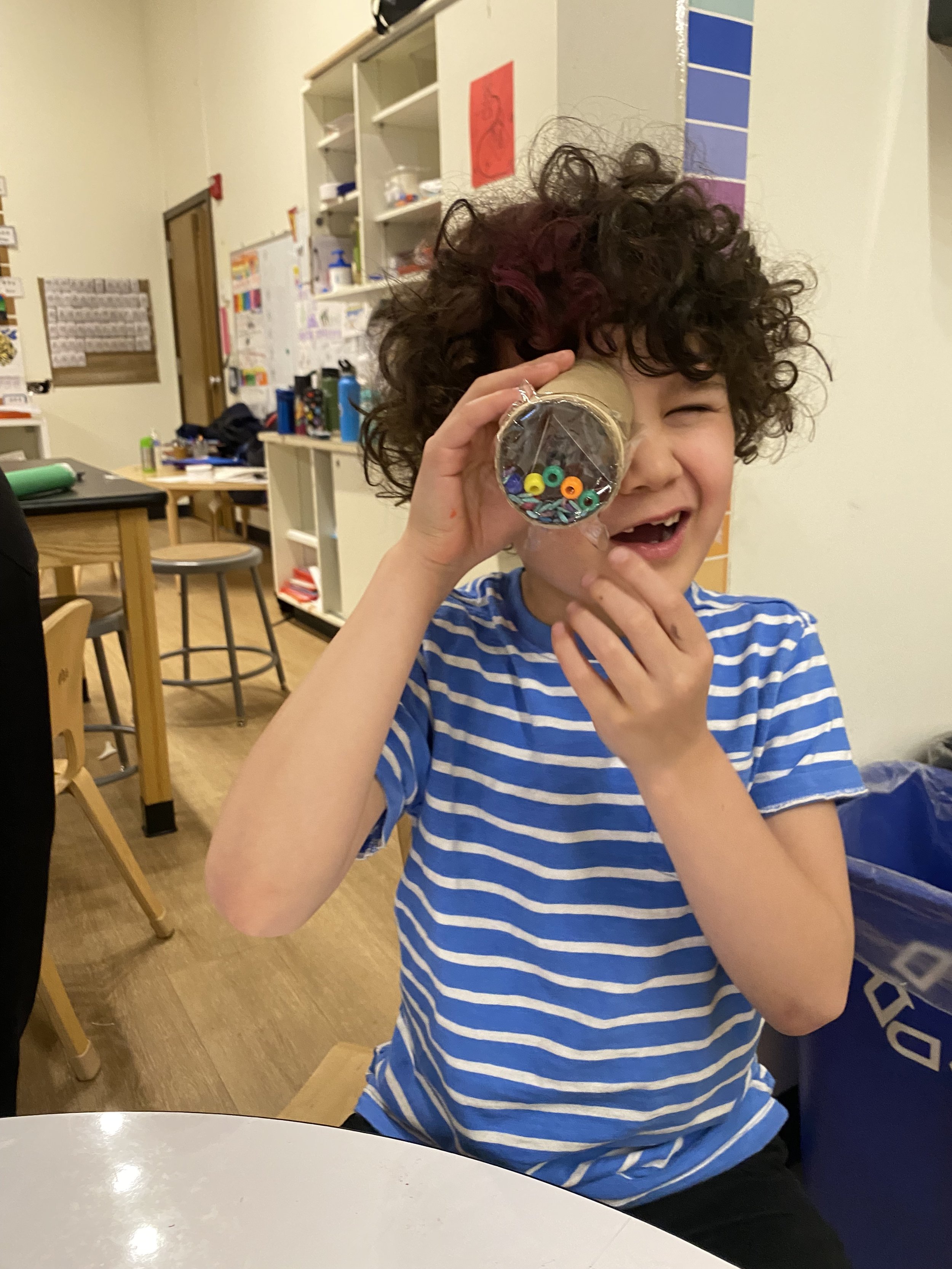
1st Grade Achievements on Standardized Testing
Instructional Targets for Mandarin at IFS (see Table above) are developed by referencing instructional targets at peer immersion schools, factoring in the percentage of weekly Mandarin instruction. Grade-level targets for English and Math are set by Star Renaissance.
Formal assessments begin in kindergarten at IFS and include math, English early literacy and reading, and speaking, listening, and reading in Chinese.
Assessment Suite: STAR, STAMP, and Level Learning
Mandarin Learning Testing
In Listening skills, our students consistently reach Intermediate Mid levels by the end of first grade. Students consistently reach Intermediate High level in Speaking. This data shows that they are reaching the instructional targets for Listening + Speaking established for 4th + 5th grade.
The majority of the students reached Novice High for Mandarin Reading. This is the instructional target established for 2nd grade.
Intermediate level speakers can participate in spontaneous spoken conversations on familiar topics, creating sentences and series of sentences to ask and answer a variety of questions. They can communicate information, make presentations, and express thoughts about familiar topics, using sentences and series of connected sentences through spoken language.
Math STAR Assessment
In the school year 2023-2024, the average Grade Level Equivalent for student’s scores in math was 3.1 = equivalent to a student towards the beginning of Third Grade. This is impressive as math is assessed in English, but learned in Mandarin.
Over the last 3 years, 100% of First Graders met or exceeded grade level standards. The three year average for all grades K-3rd is 92%.
English STAR Assessment
On the STAR Early Literacy Assessment (grammar, phonics etc.) the average Grade Level Equivalent for student’s scores was 2.5 - equivalent to a student half way through 2nd grade.
On the STAR English Reading Assessment (grammar, phonics etc.) the average Grade Level Equivalent for student’s scores was 2.4 - equivalent to a student half way through 2nd grade.
100% of Students are all reading at, or above grade level in English based on running records and level reading assessments.
